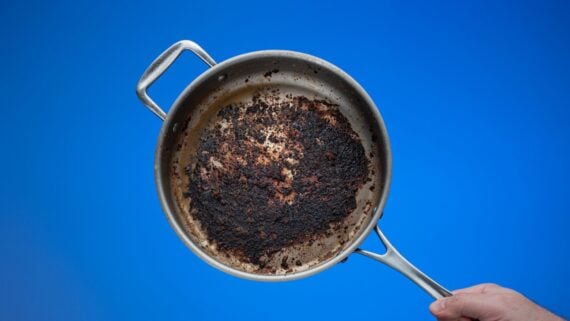If you’ve been a little too prone to nudging the thermostat up or leaving lights on, now is the time to turn over a new leaf. While some energy myths can be safely ignored, budget-conscious people will want to know these energy-saving tips that can also help lower utility bills. (And check out these Home Upgrades That Will Save Money.)
Turn Down the Thermostat
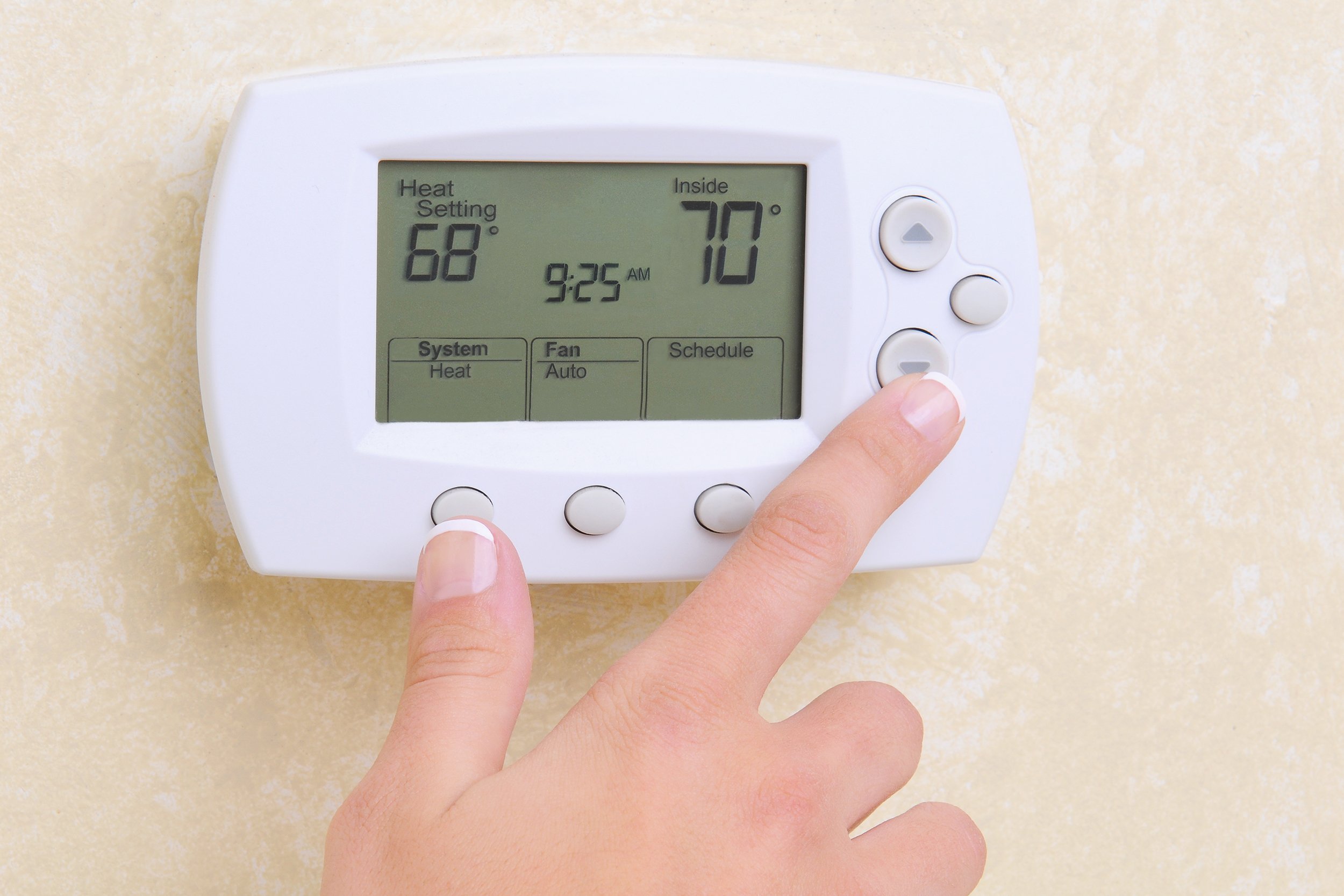
Each degree you lower the thermostat for a period of at least eight hours can cut the heating bill by 1%, according to estimates by the U.S. Department of Energy. Just throw on warmer pajamas or snuggle under an extra blanket at night.
Related: Which States Have the Highest Gas Bills?
Install a Programmable Thermostat
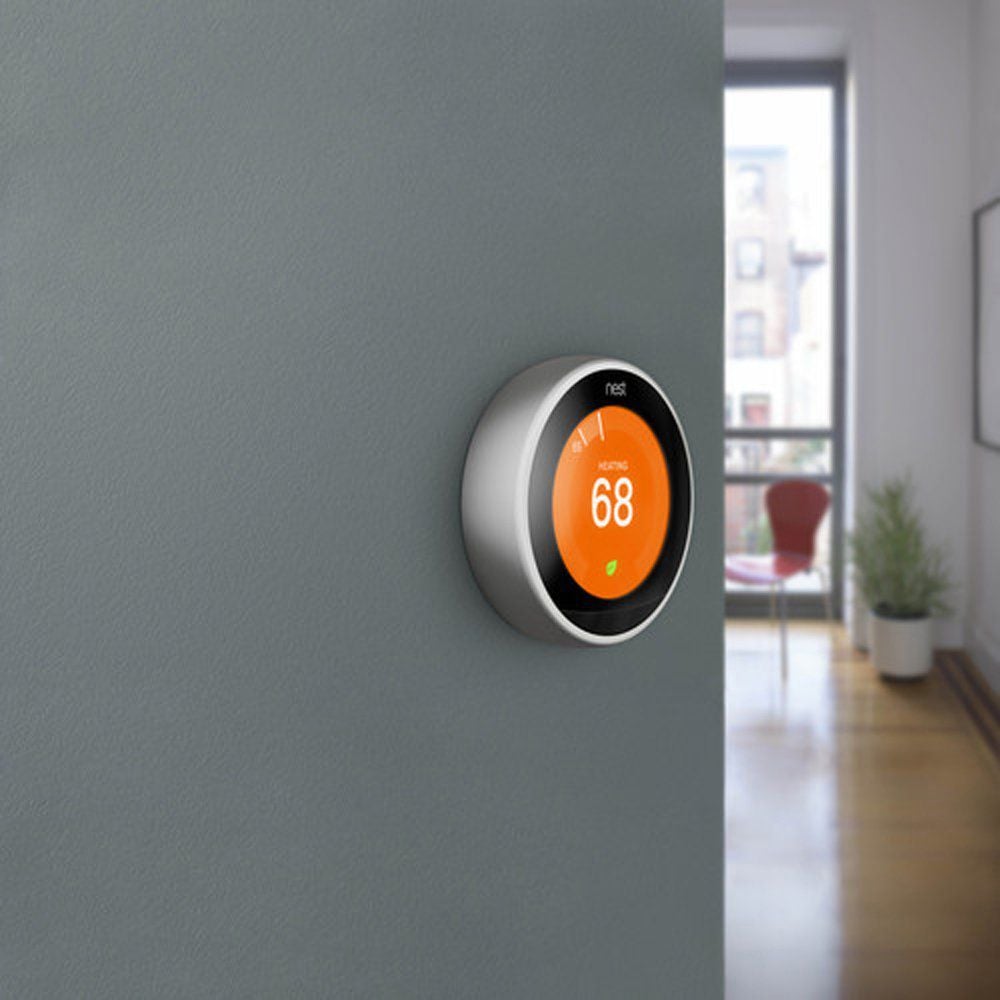
A programmable thermostat can be set to turn down the heat automatically if everyone’s at school or work all day and when they’re in bed at night. This avoids the more extreme (and costly) swings that often come with manual adjustments. Smart thermostats such as the Nest will even send owners a monthly report detailing energy usage.
Related: Which States Pay the Most for Electricity?
Seal Your Ductwork
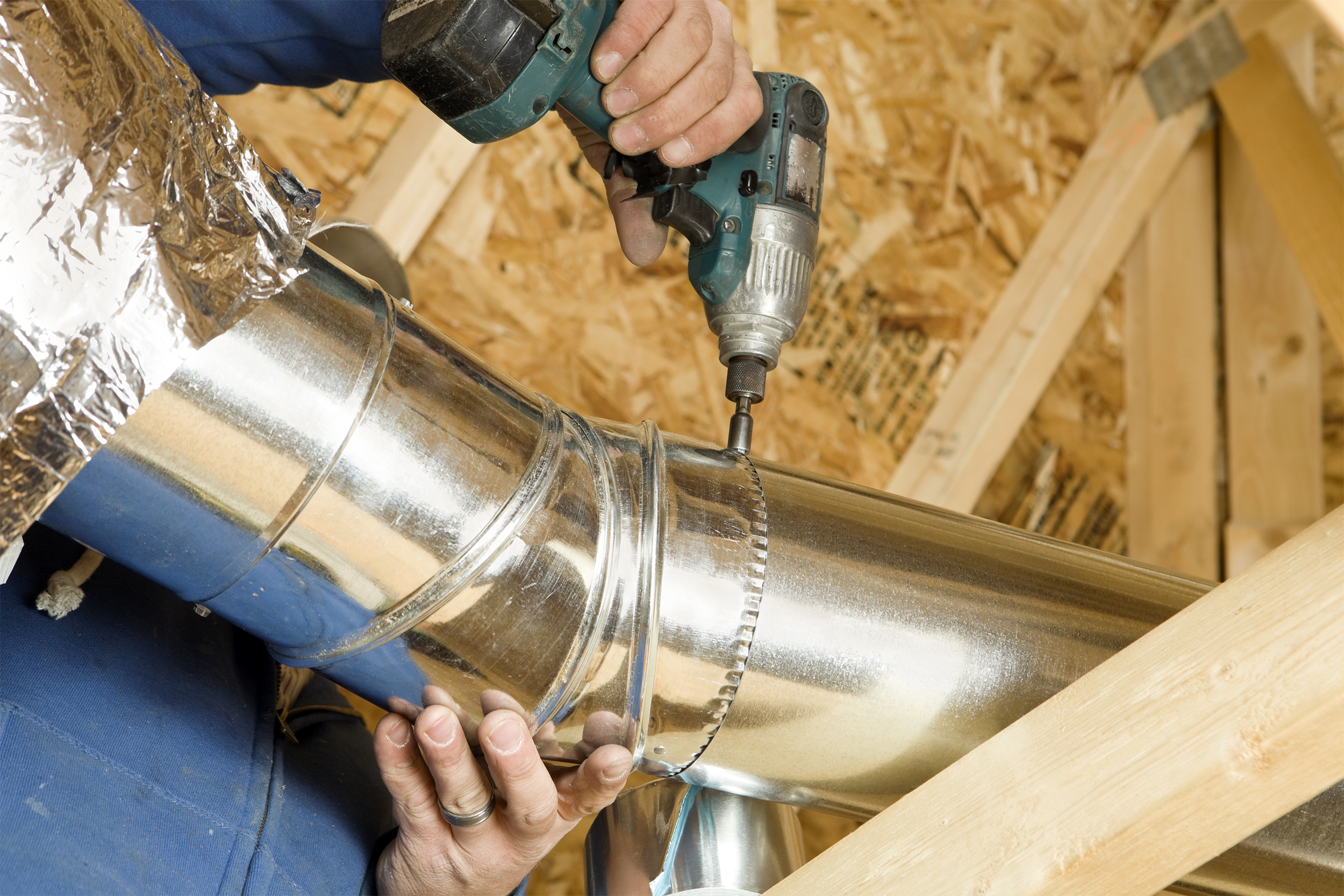
The federal government’s Energy Star program warns that about 20% of heated air can escape through the ductwork. Bring in a professional to make sure the distribution channels are leak-free and make any necessary repairs.
Related: Energy Assistance Programs in Every State
Clean Air Ducts
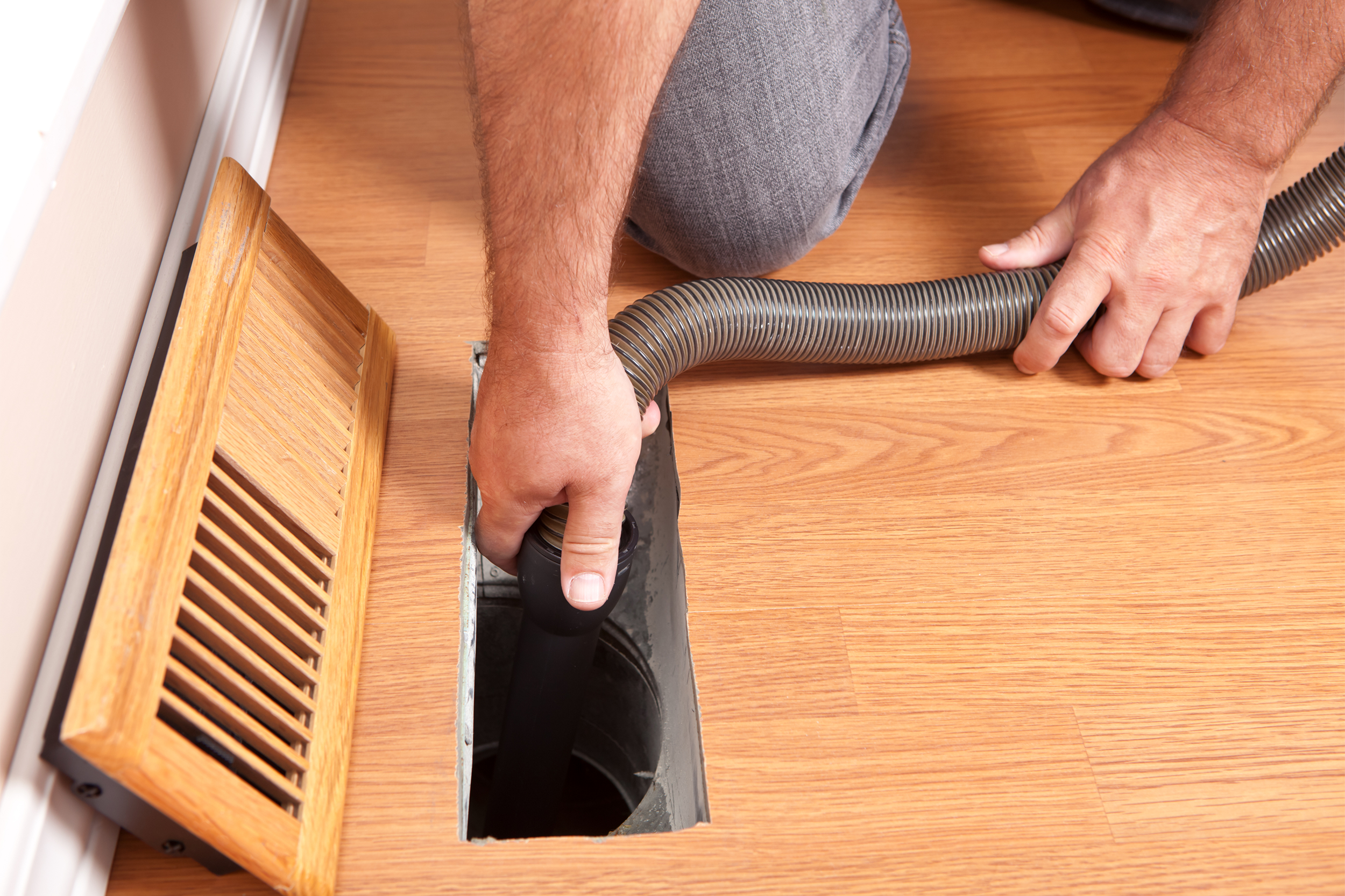
This is one of the simplest energy-saving tips. A clogged air duct won’t let heat in or out.
Related: Winter Home Improvement Projects for Under $1,000
Change Furnace Filters
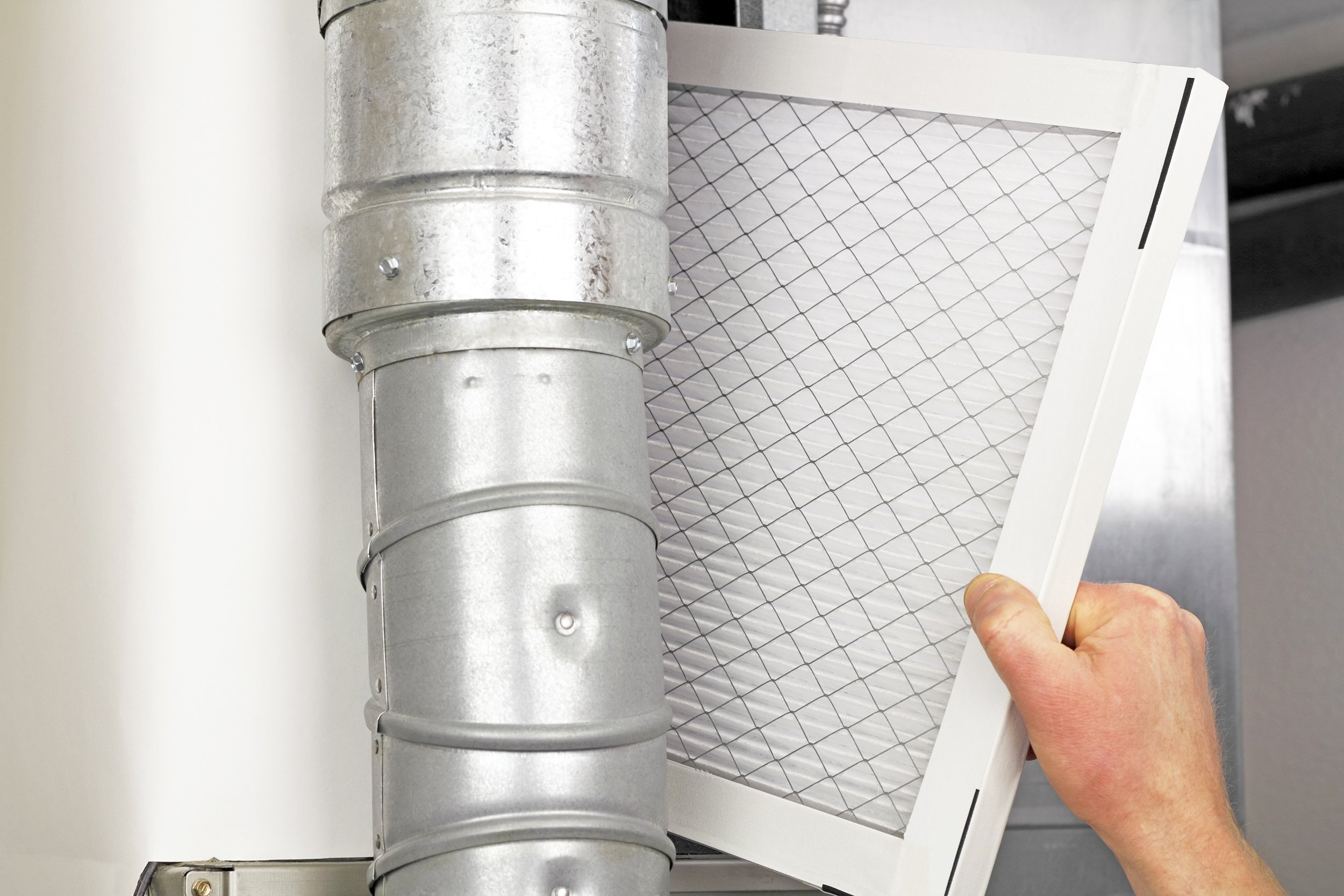
Furnace filters should be cleaned or replaced monthly during the cold season. A dirty filter blocks the flow of heat, which in turn can boost utility bills.
Trending on Cheapism
Buy a Reusable Furnace Filter
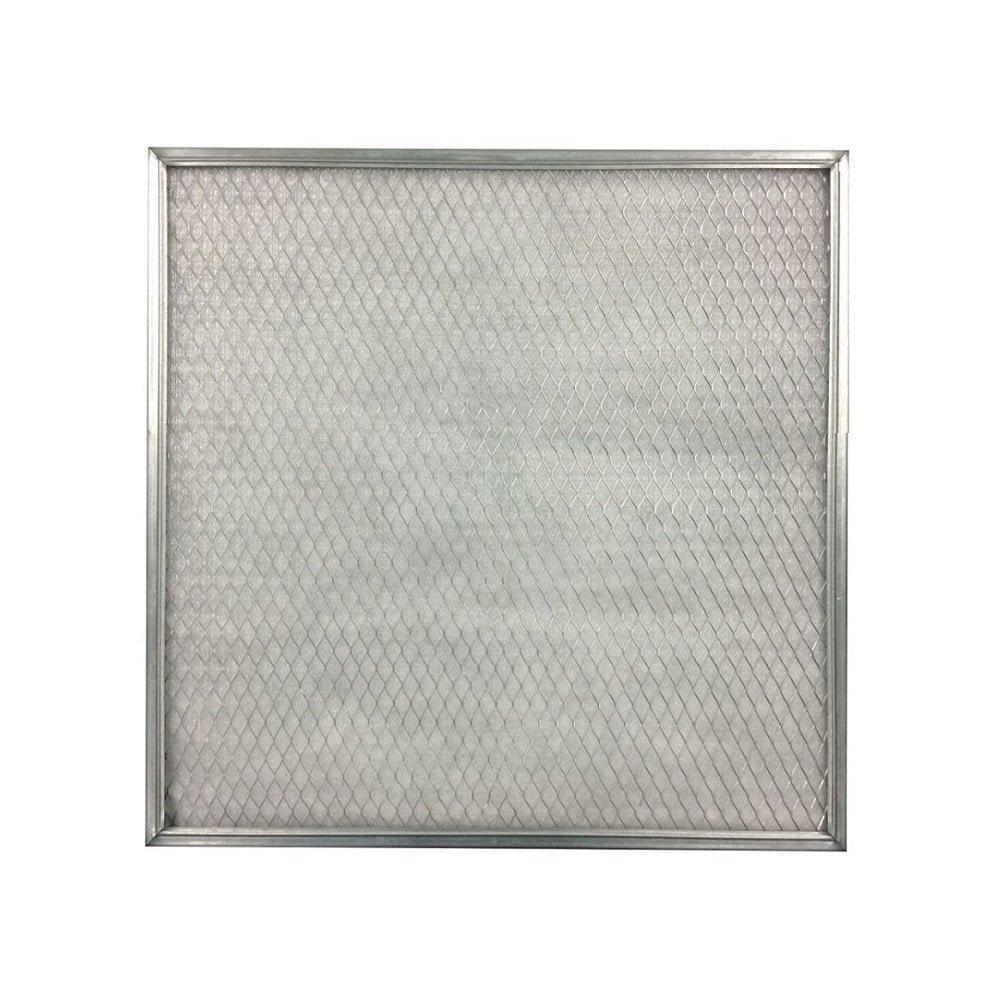
Although they cost more, reusable filters last longer and give more bang for the buck. Wash off the filter at the beginning of each heating season, put it back in place, and you’re good to go.
Related: Easy Ways to Create a Healthier Home Amid the Pandemic
Get the Furnace Inspected
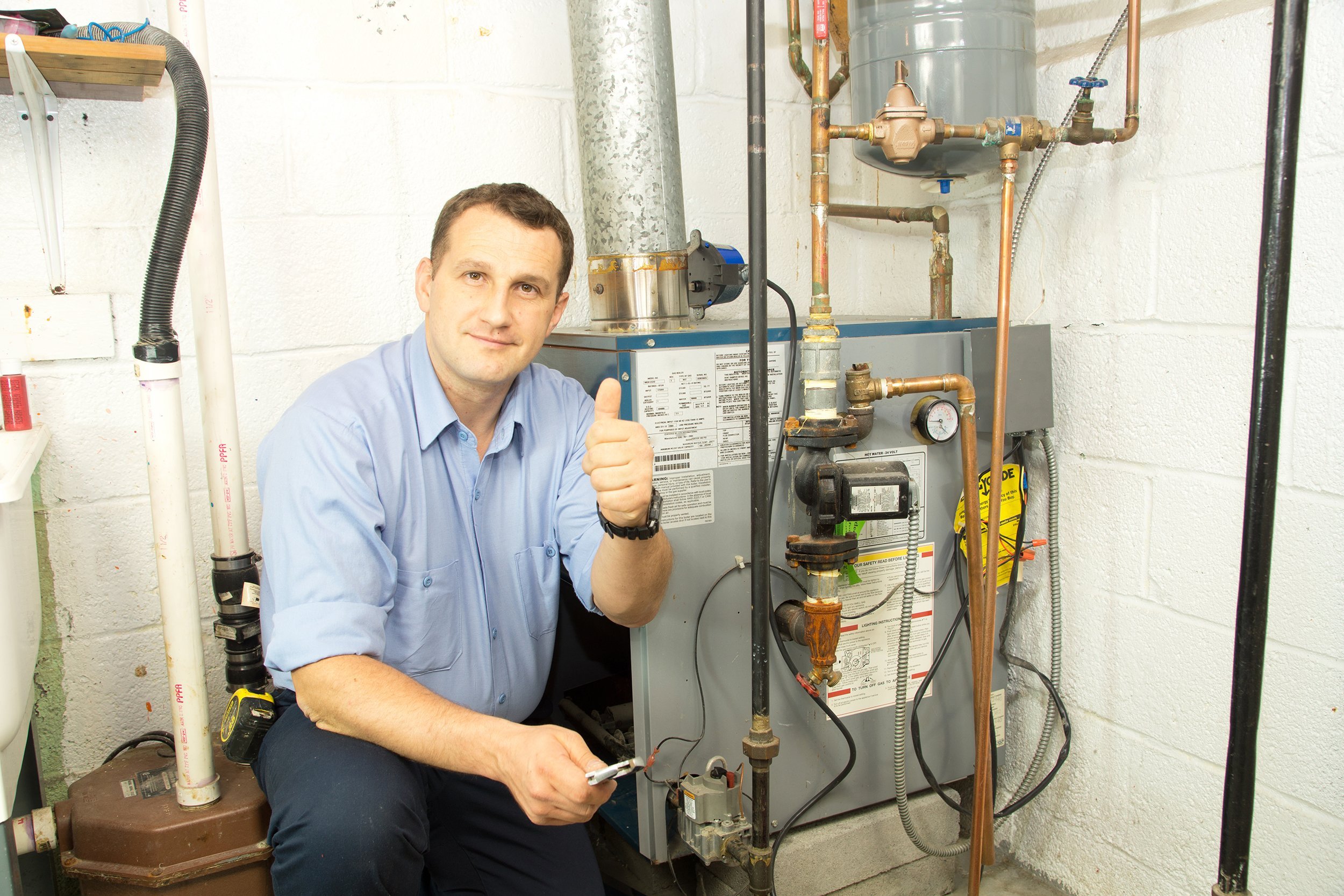
Regular tuneups to keep the furnace clean and adjusted properly help it run efficiently and prolong its lifespan. Some utility companies and furnace manufacturers offer annual inspections at no charge.
Insulate the Attic
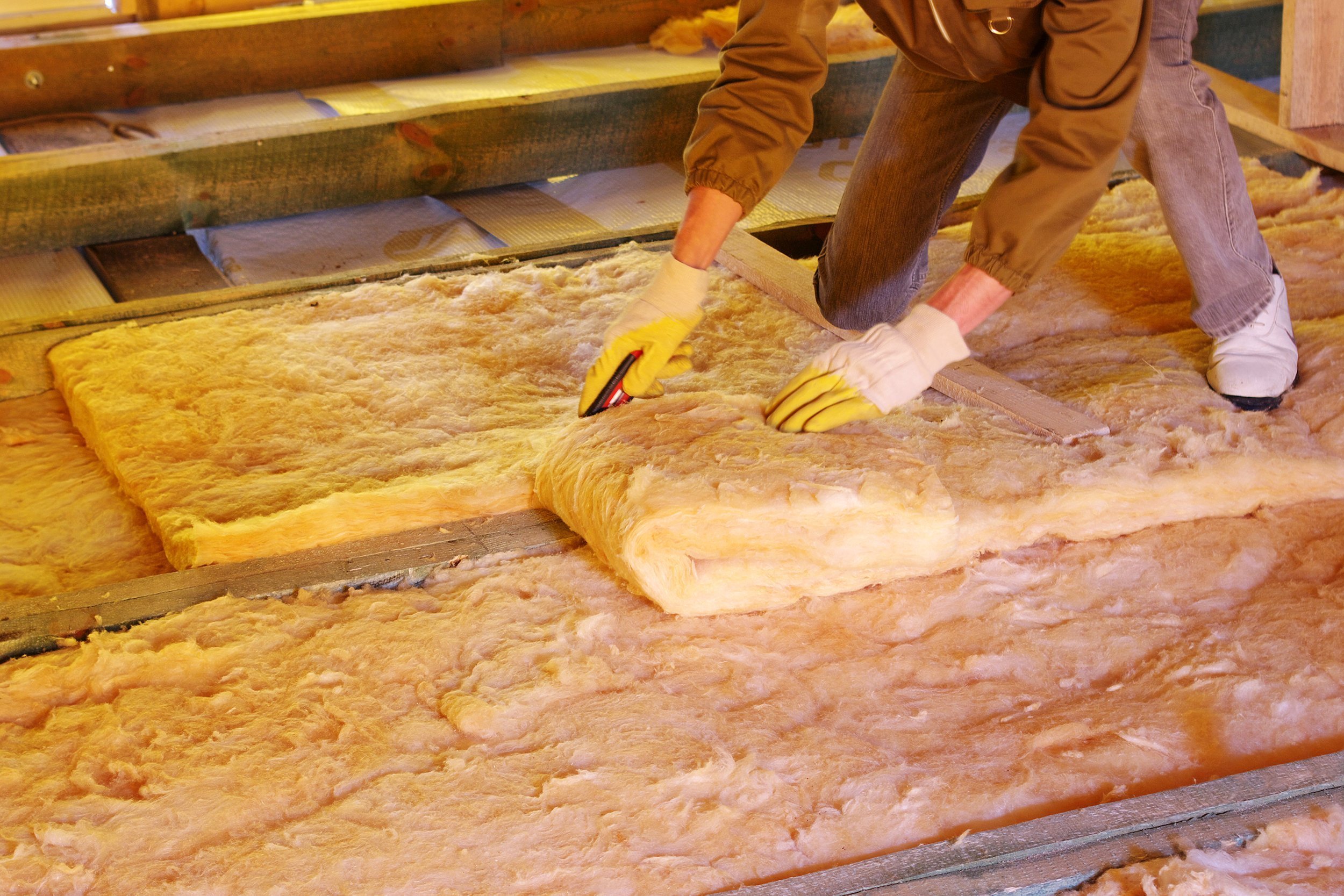
Heat could be escaping from the uppermost floor of the house. At least 6 inches of insulating material between the heated and unheated areas of the home will keep you warmer and your bills lower. Although the price of insulating an attic can be high, the investment should pay off in a few seasons.
Related: Projects That Boost Home Value — and Their Cheap Alternatives
Sign up for our newsletter
Use Higher-Density Insulation
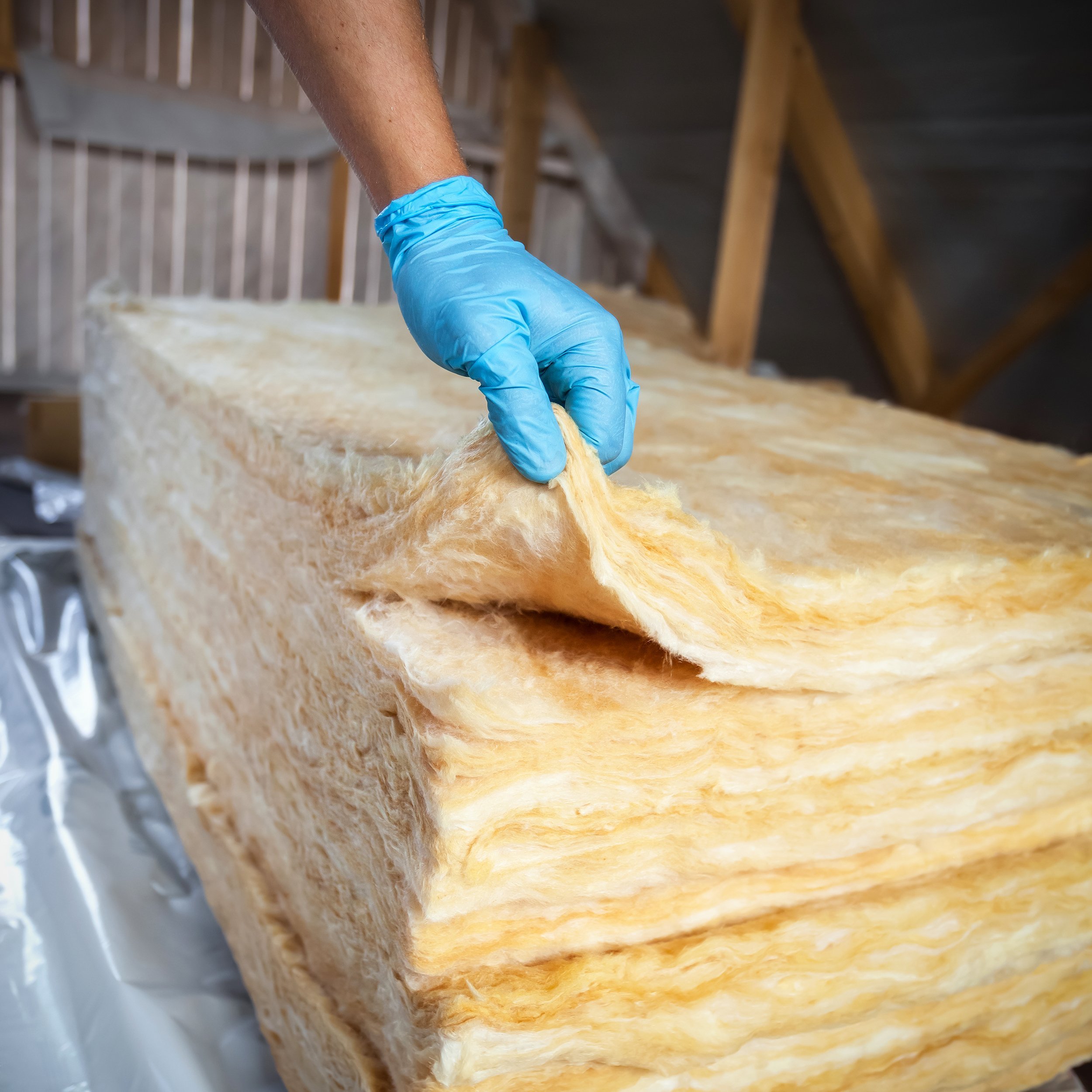
Insulation such as rigid foam boards for exterior walls or cathedral ceilings may be a worthwhile energy-saving investment.
Related:Home Projects for Fall — and Products to Make Them Easier
Run Fans in Reverse
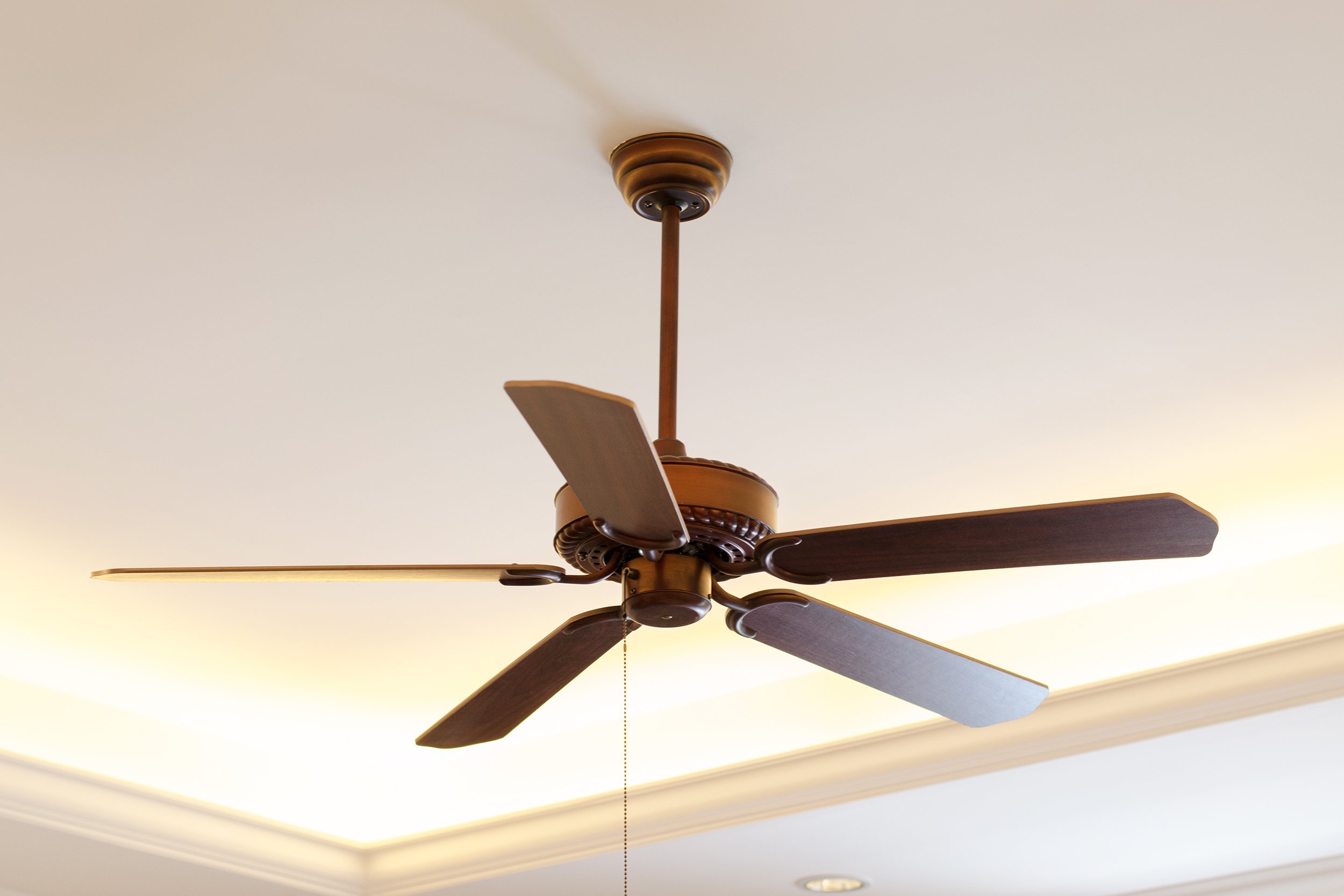
Flipping a switch on a ceiling fan turns the usual counterclockwise rotation, which produces a cool breeze, to a clockwise rotation that pushes warm air back into circulation.
Related: Tricks to Survive the Long Hot Summer — Without AC
Seal Drafts
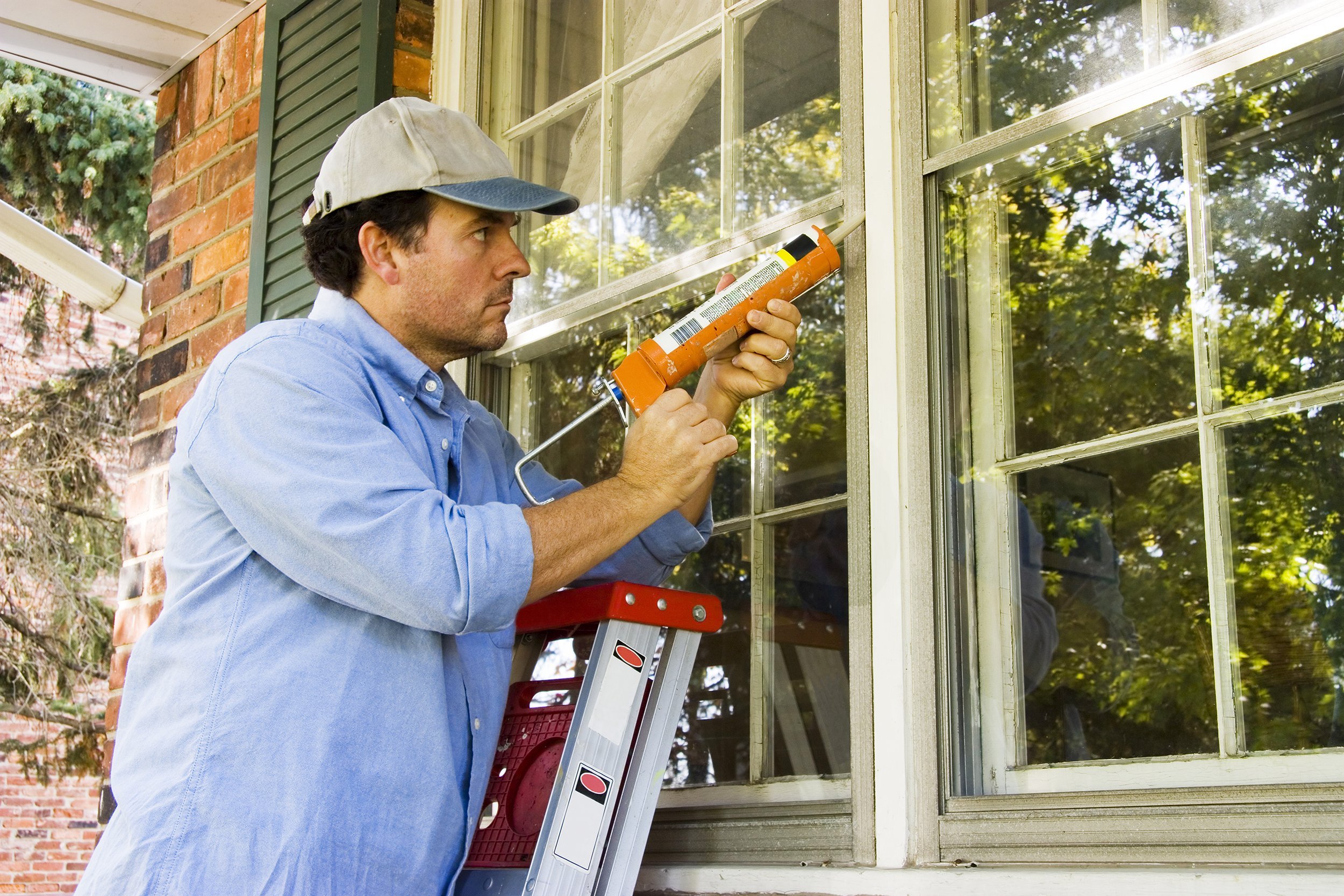
Patch up problem spots (windows, doors, and anything that lets in air from the inside, such as dryer vents) with caulk and weather stripping to save up to 30% on heating bills, according to the Energy Department. Cover single-pane windows with plastic.
Related: Things You Should Absolutely Never Buy on Craigslist or eBay
Remove or Cover Air Conditioners
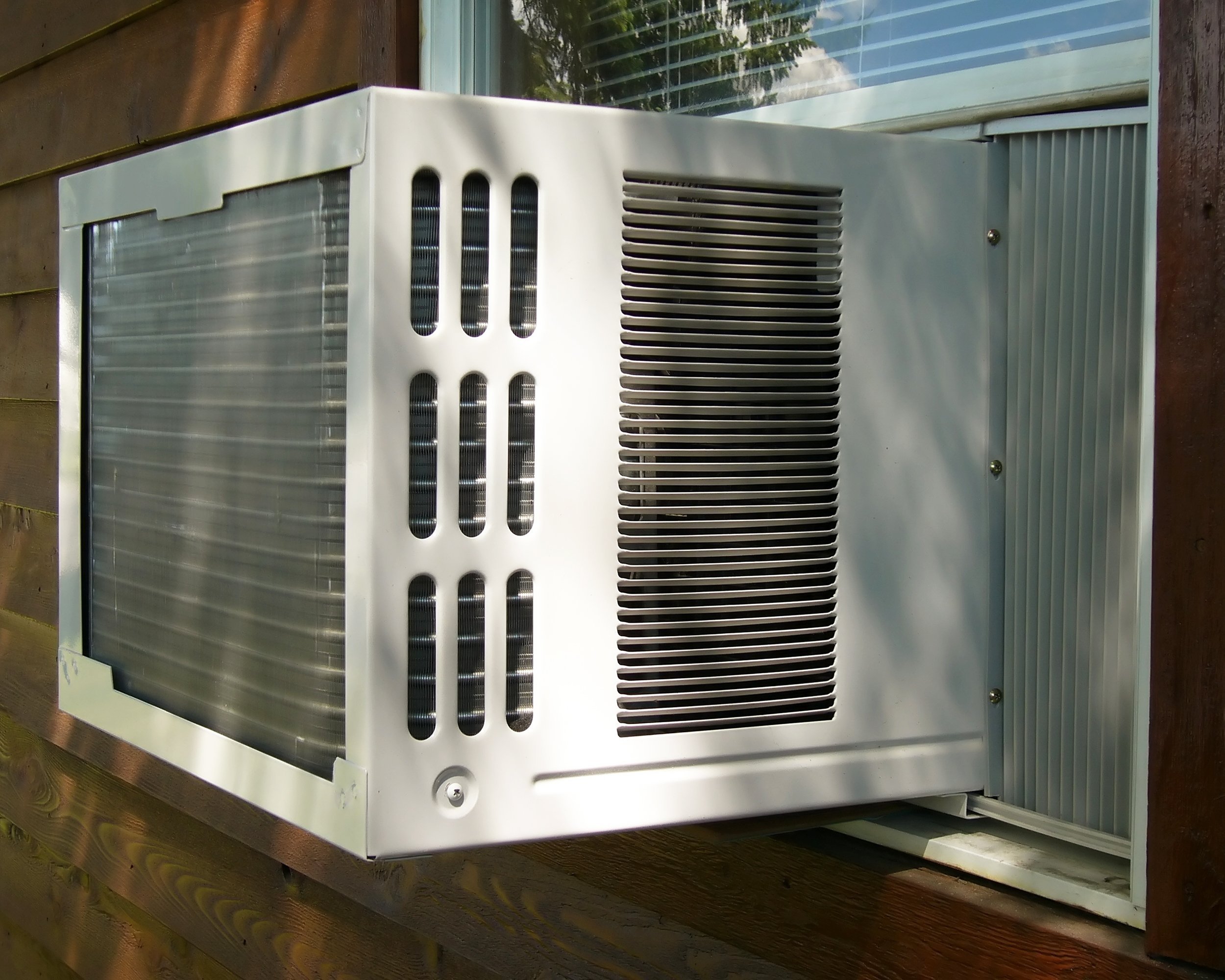
Remove window air conditioners or tightly cover the front of the units. Leaving them in place or without protection is an open invitation to a cold air invasion.
Shut the Fireplace
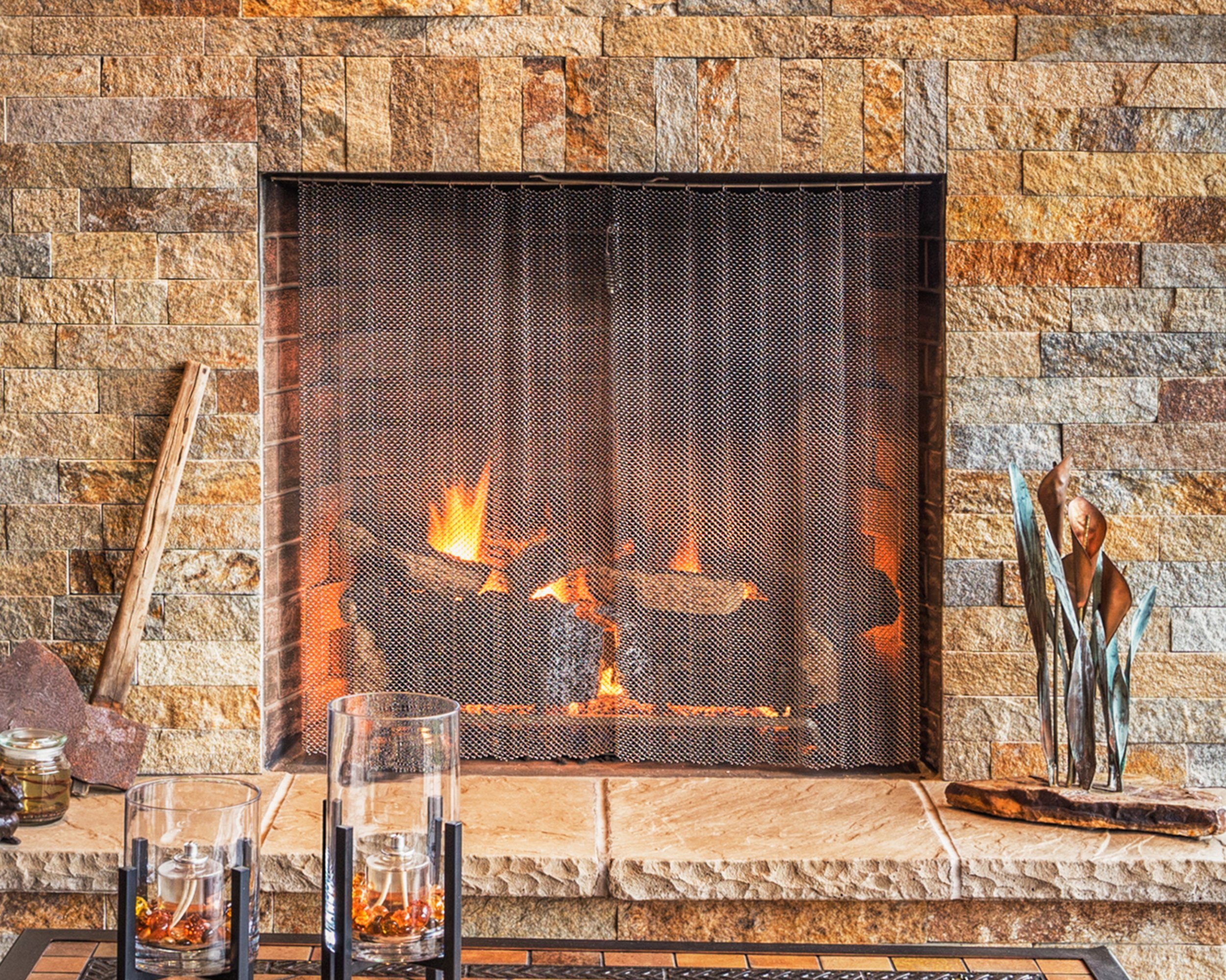
Make sure the flue is closed when the fireplace is not in use. If you have a glass screen, close that as well. Open fireplaces allow heat to escape.
Don’t Block Vents
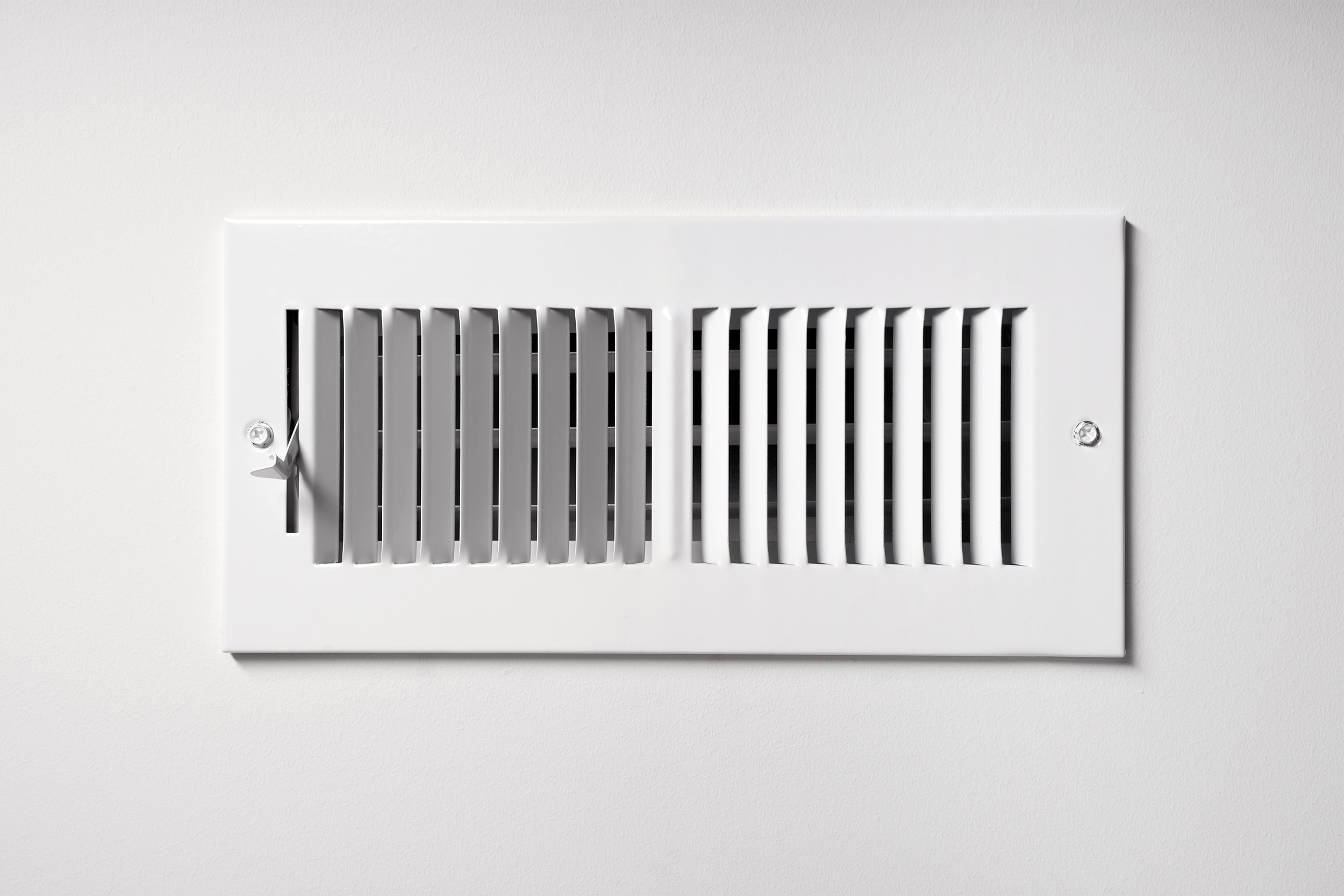
Objects in front or on top of a vent get in the way of hot air. Take this opportunity to rearrange the furniture.
Let in the Sun

Open the shades even on chilly days to let natural sunlight warm the rooms in your home.
Lower the Water Heater Setting
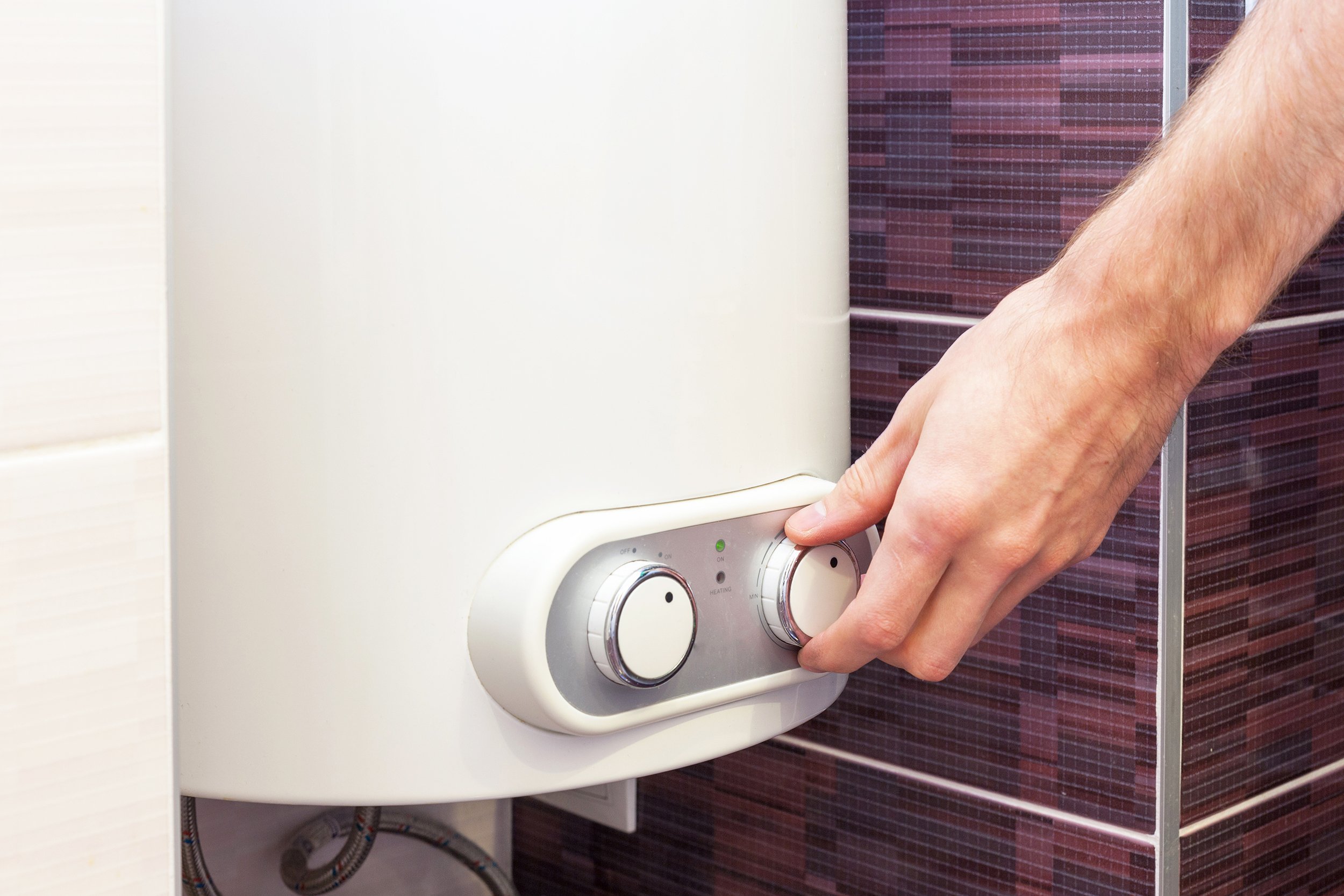
The water heater can account for up to 25% of a utility bill. Set the temperature to 120 degrees, which is still plenty warm, to save money all year.
Insulate Pipes
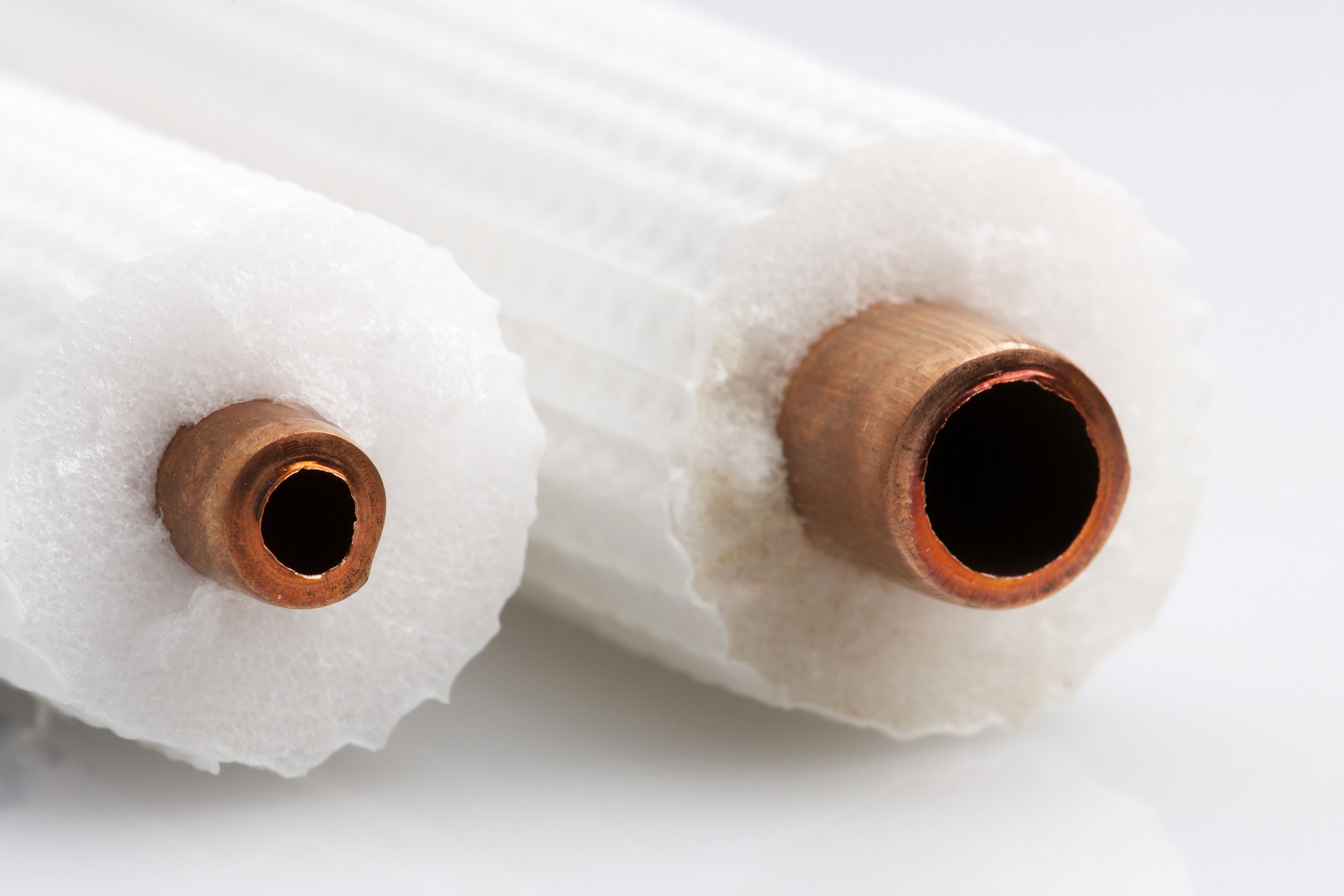
Pipes protected from the cold and wind are much less likely to freeze. Frozen pipes often crack, and that’s a very costly repair.
Related: 10 Costly Home Repairs Your Insurance Might Not Cover
Double-Check Your Bill
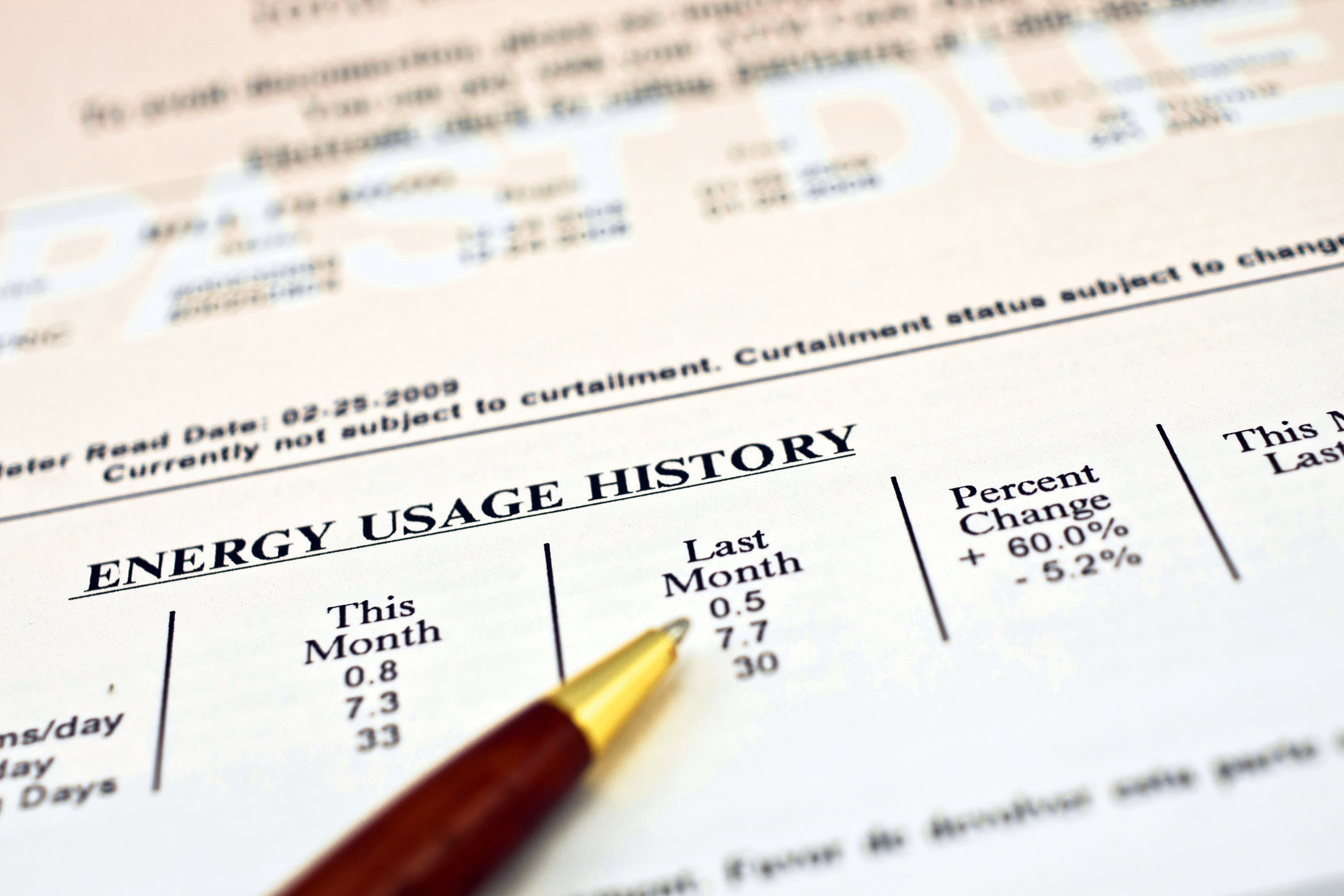
The billing department at the utility company can make mistakes. Question any strange numbers and make sure the meter matches up with the usage posted on the bill.
Let the Laundry Pile Up
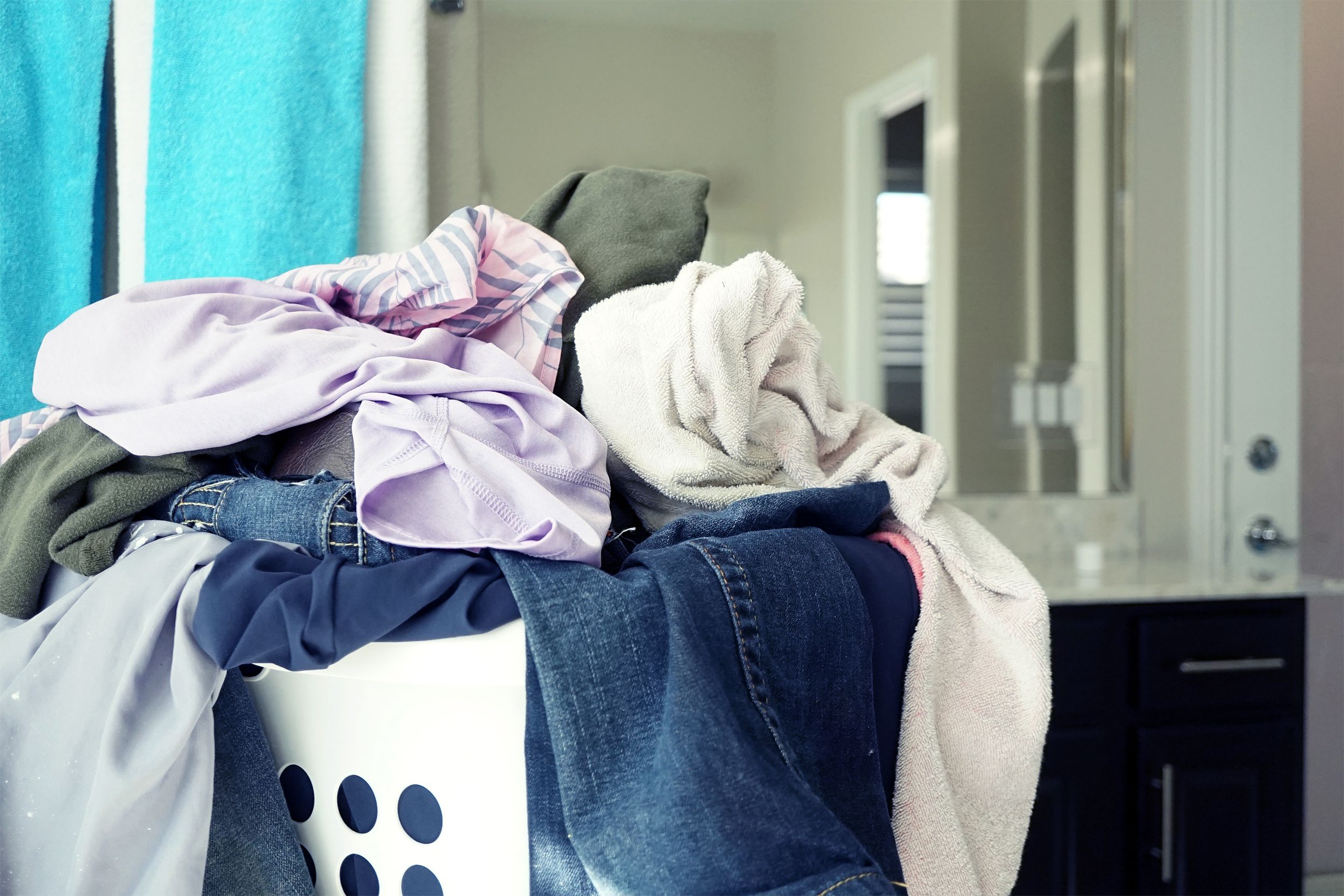
The washer uses the same amount of energy regardless how much you stuff in. It’s more energy-efficient to do big loads than small loads.
Related: Are You Making These Laundry Mistakes?
Don’t Stuff the Dryer
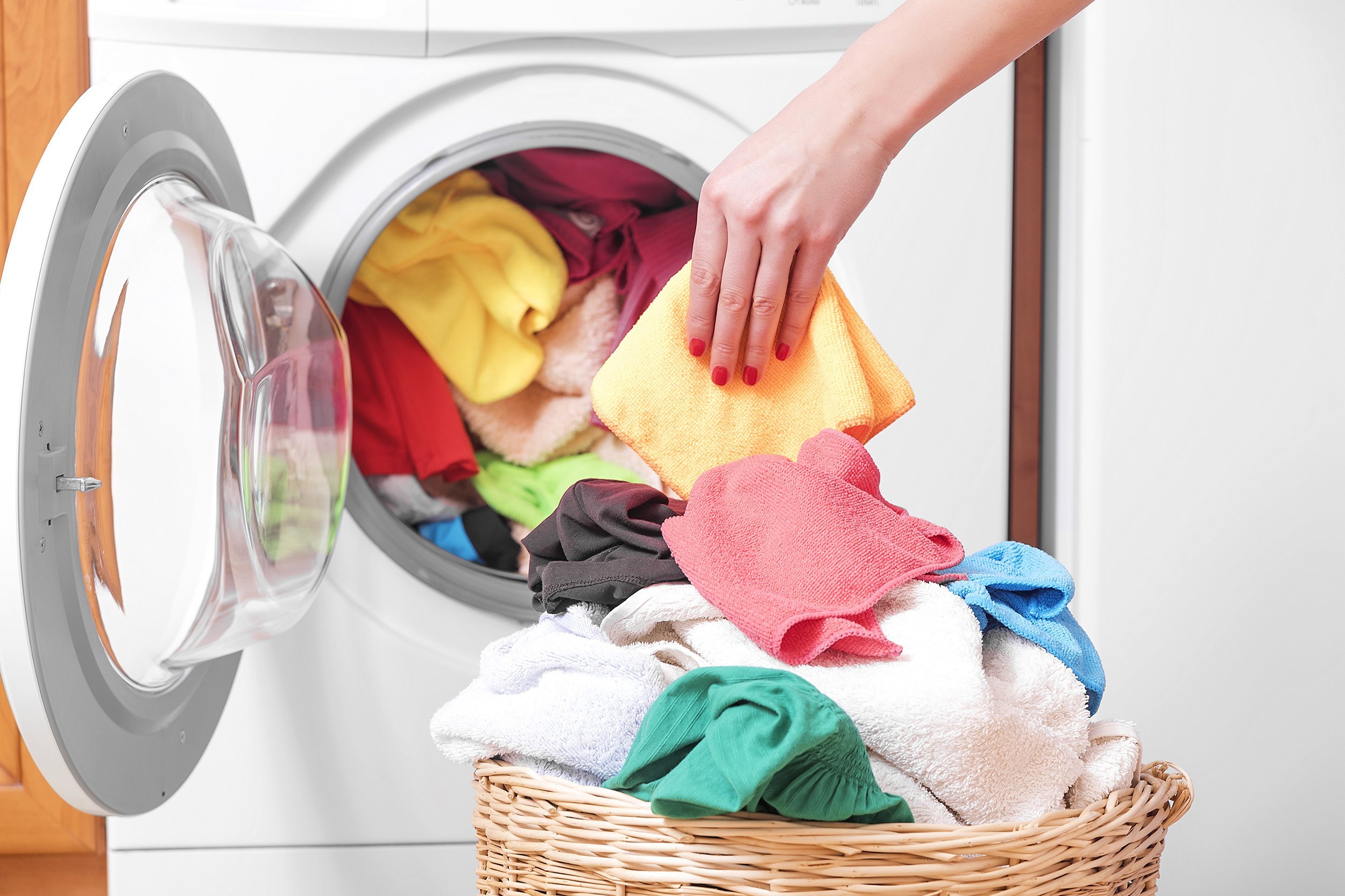
The energy-saving advice for drying is opposite of that for washing. The less clothing inside the appliance, the less juice it uses.
Hang Dry
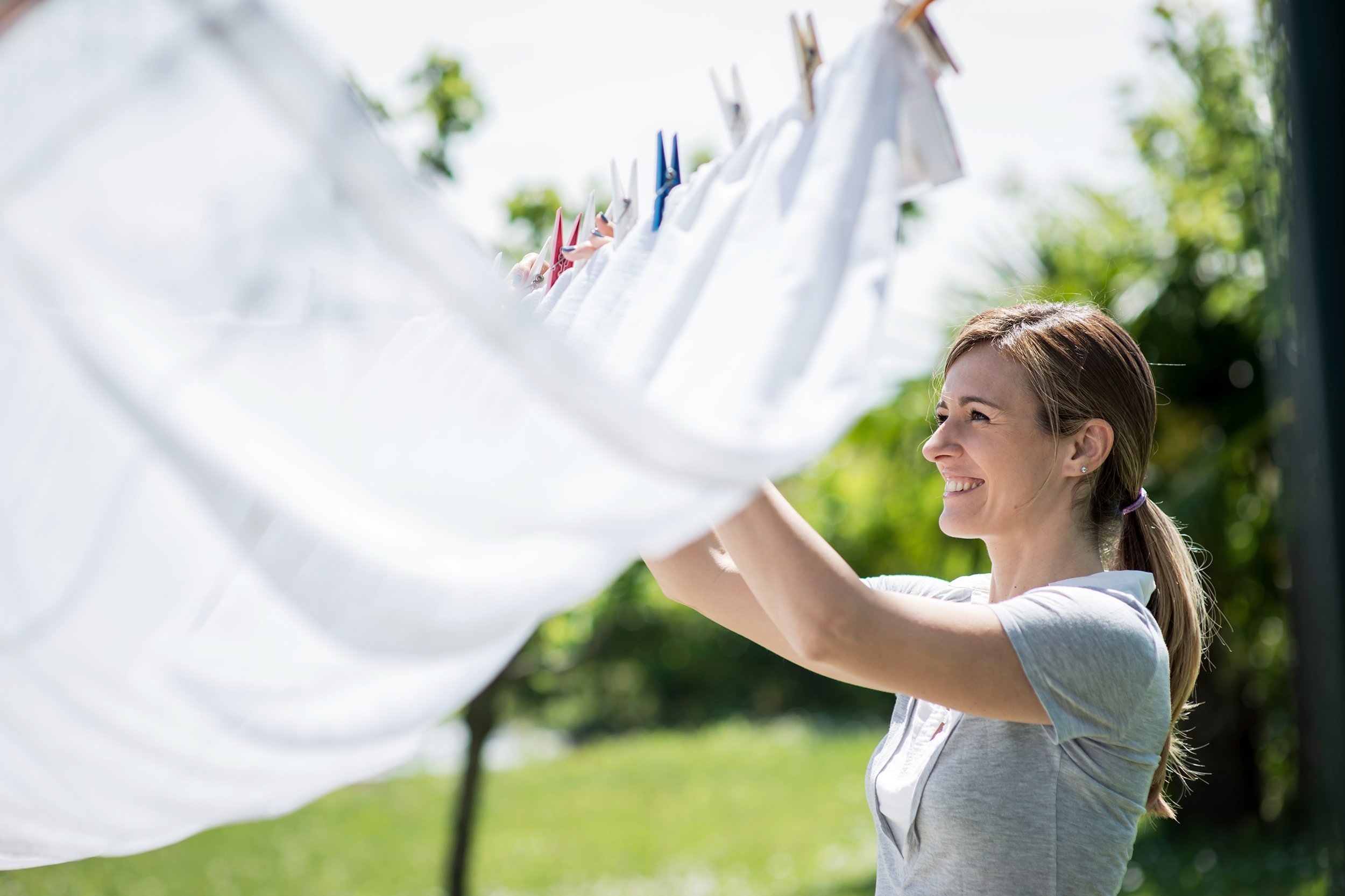
Air-dry washables on a clothesline or drying rack set in a warm room or outdoors, weather permitting. It’s an easy way to save money on laundry.
Add Less Detergent
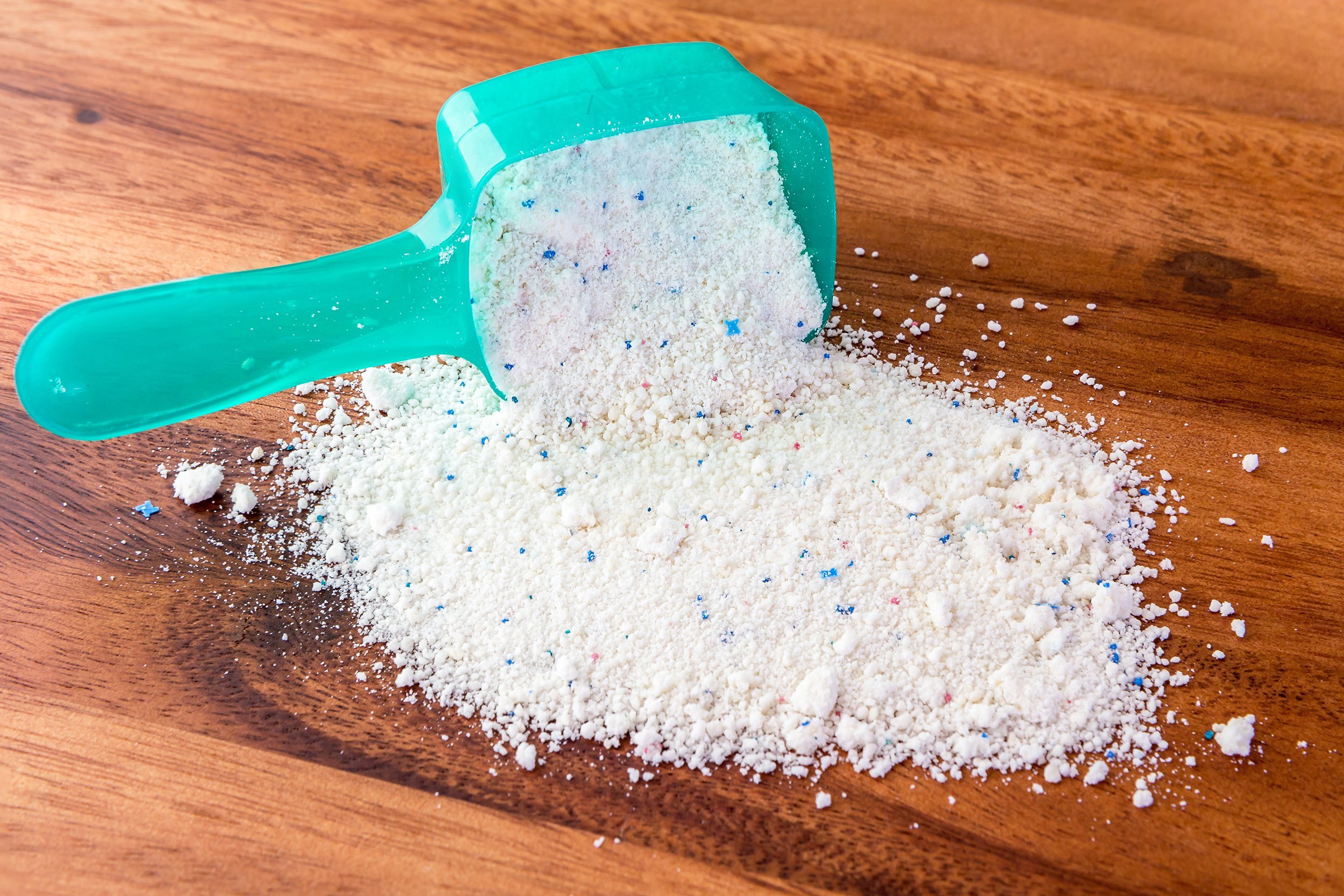
You don’t need as much laundry soap as you think for the typical load. If an item is really filthy, soak it in the sink first. Using less detergent puts less strain on your washer and your wallet.
Spin It Again
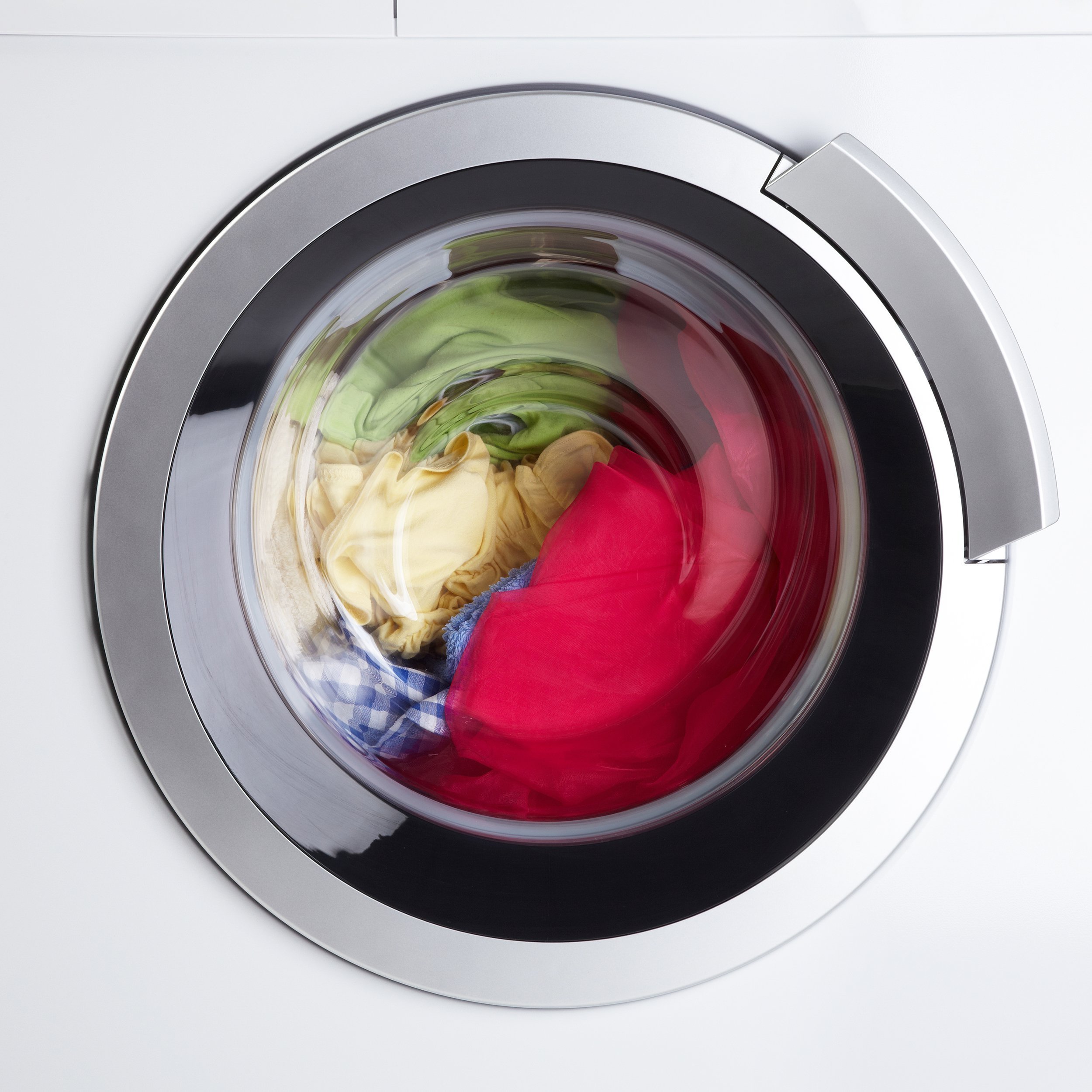
If clothes are still soaked, run another spin cycle to cut the time needed in the dryer.
Dry With a Towel
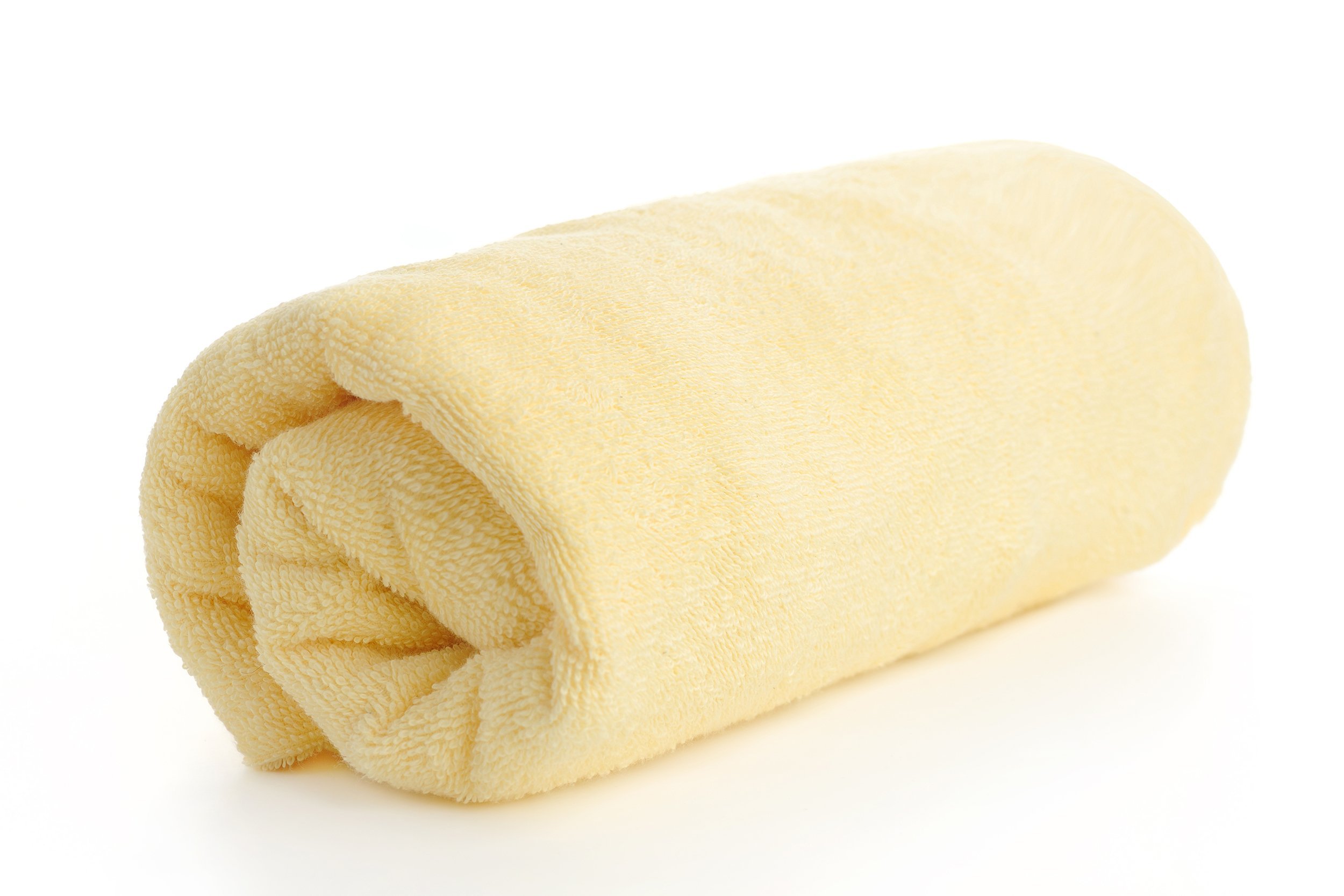
A clean, dry towel added to a wet load absorbs moisture and could decrease drying time by 25%.
Pick Permanent Press
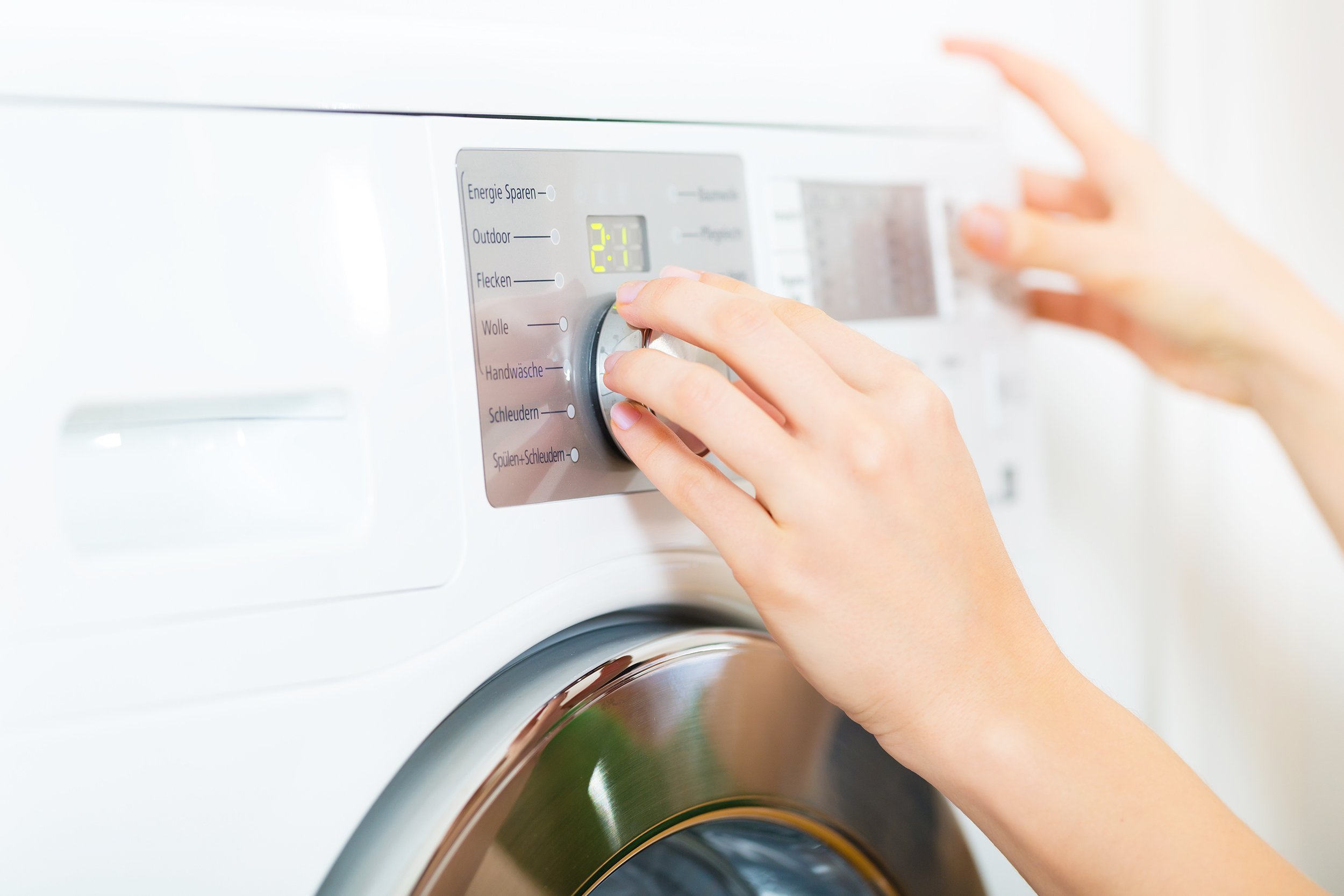
This is the dryer setting that uses the least amount of energy. It’s intended for thinner or more delicate fabrics but might be adequate for small loads.
Dry Lightweight Clothes First
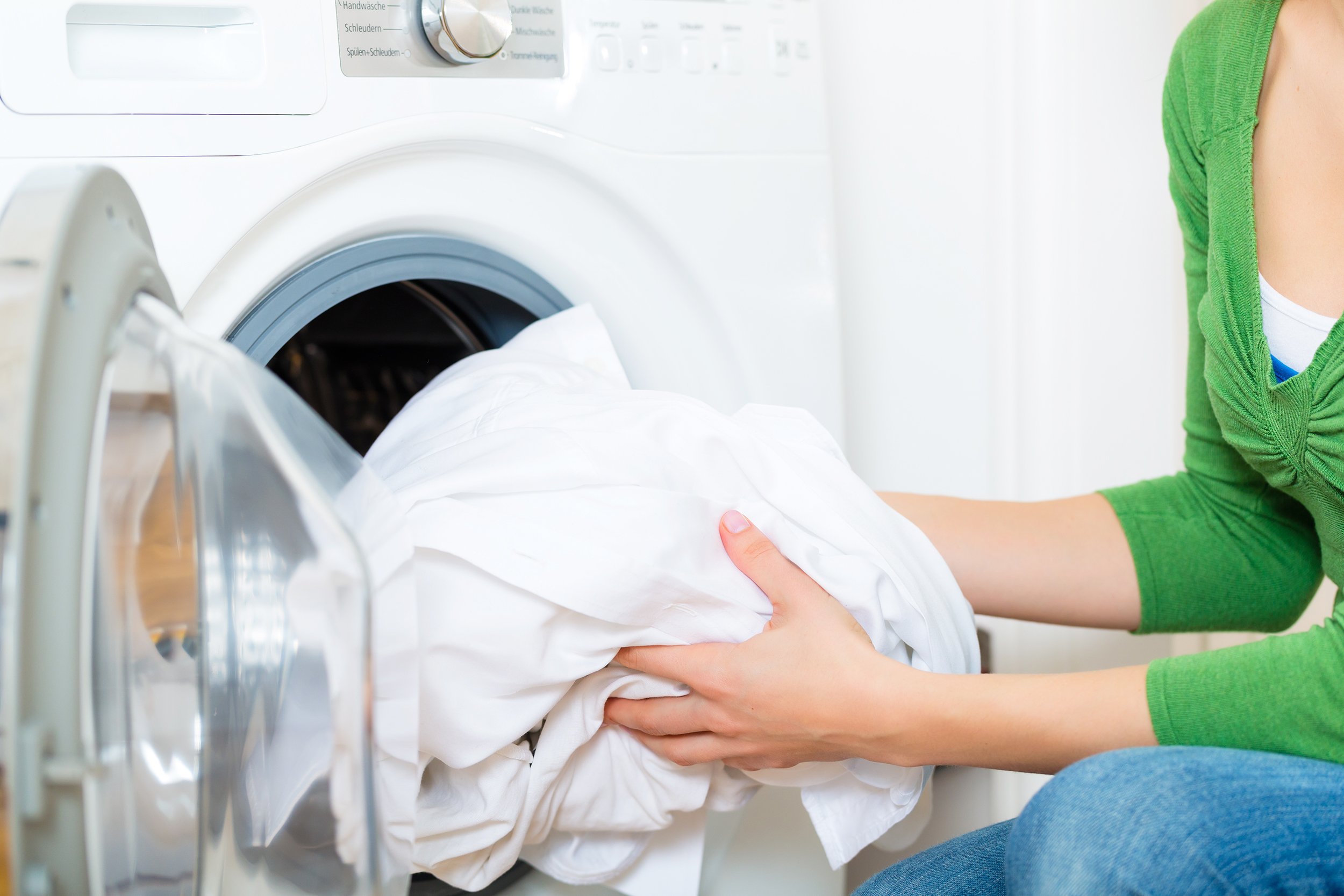
This tactic helps build up the heat in the dryer for heavier fabrics.
Clean the Lint Filter
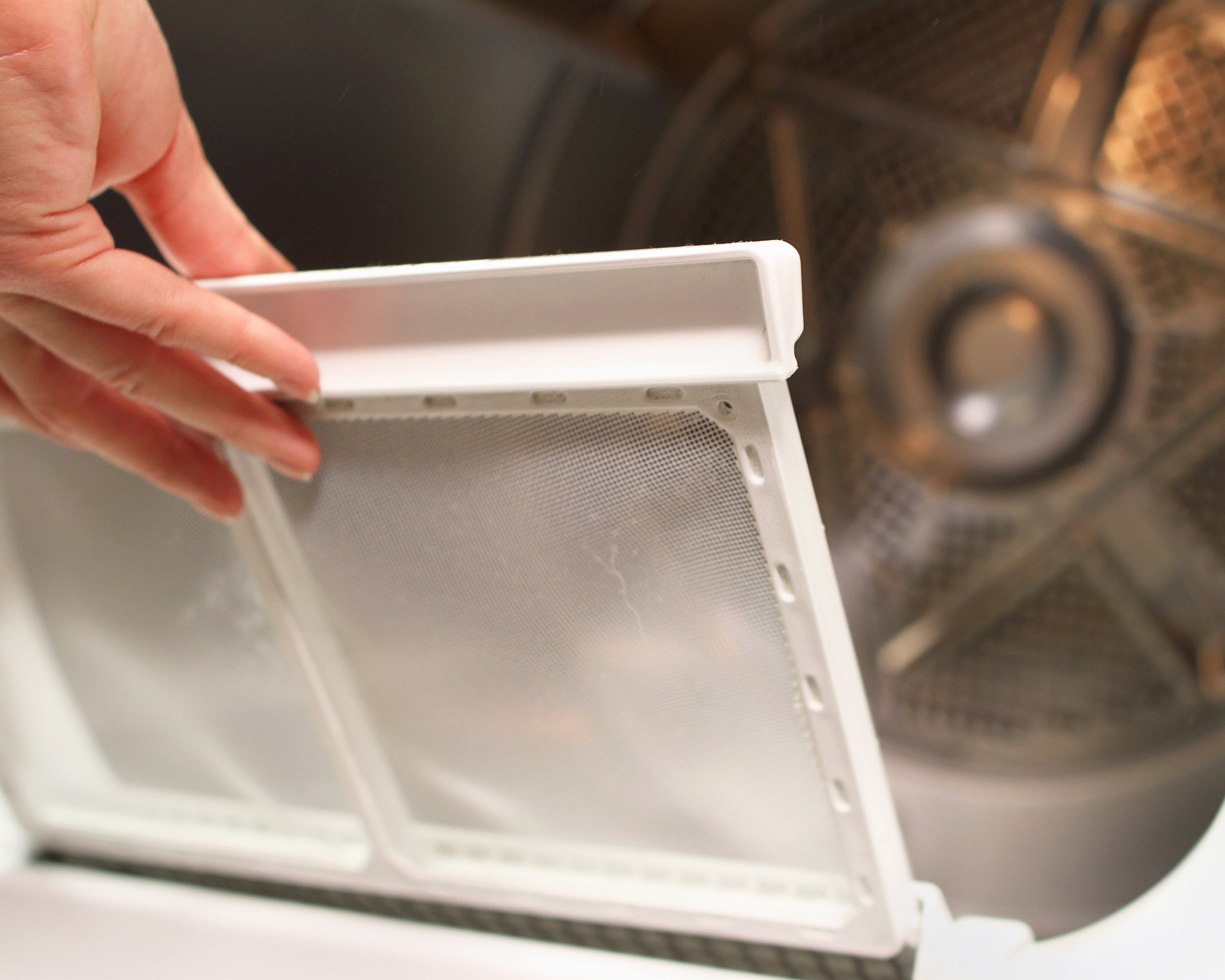
Do this after every load. Too much built-up fuzz slows down the dryer.
Get Hot Fast
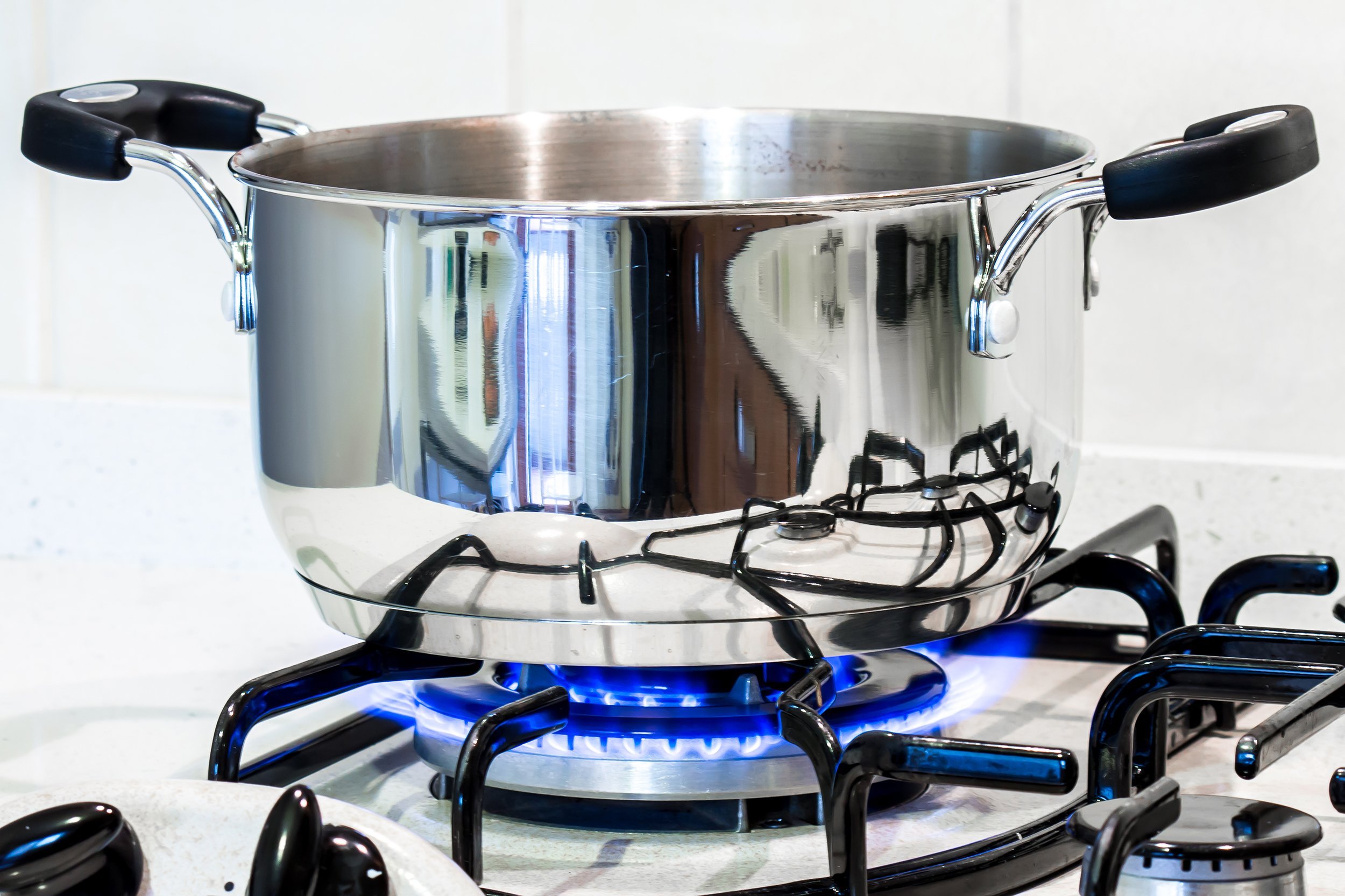
Start stovetop cooking at high heat, then lower the flame or electric setting to finish the job.
Cover Boiling Pots
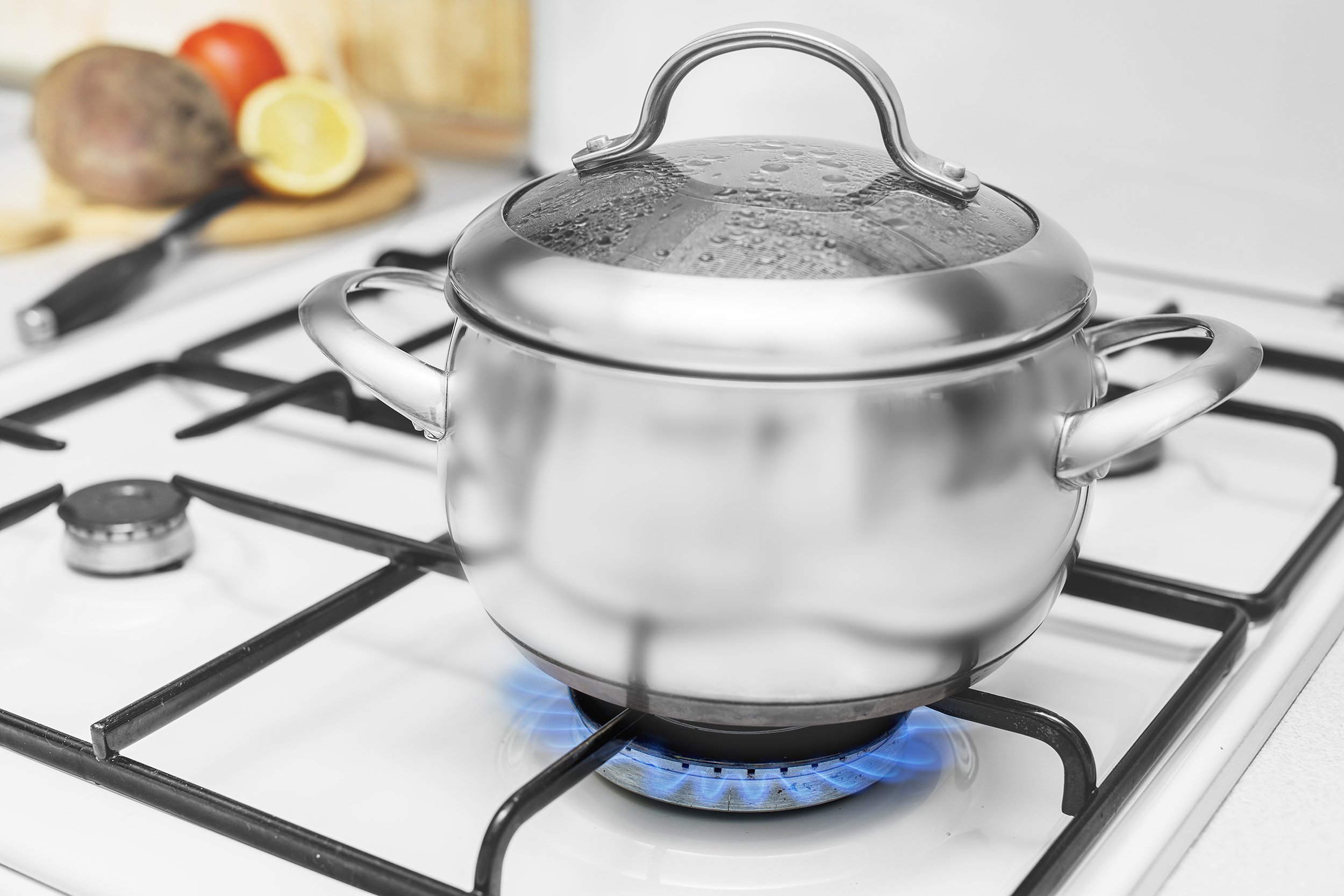
Water in a covered pot heats faster and uses less energy.
Just Cover the Top

Use only enough water to reach the top of vegetables or other foods being cooked.
Cook With Clean Pans
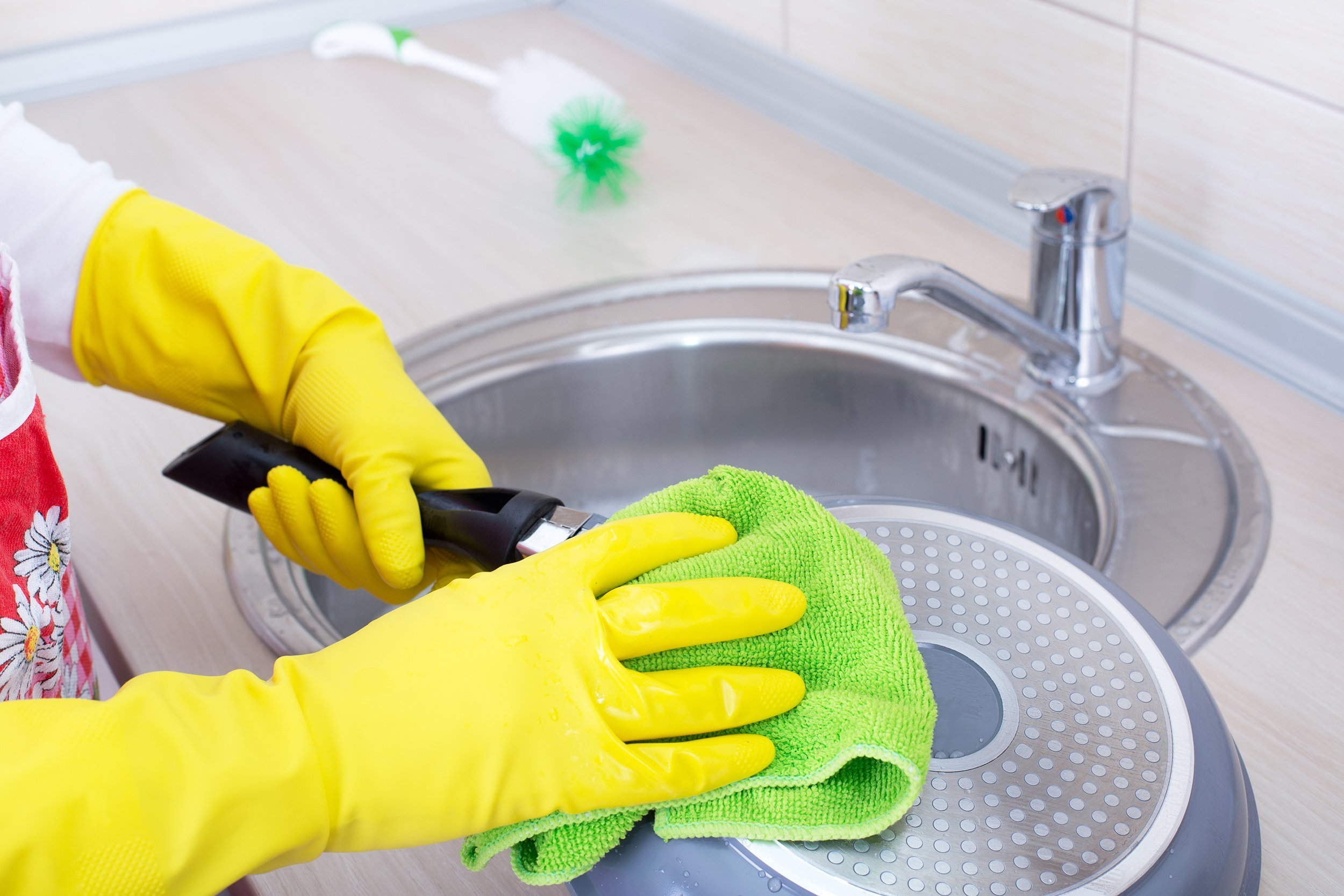
Lots of black stuff on the outside surface of pots and pans blocks heat from reaching the food inside, so cooking time is longer. Scour and scrub after each use.
Use the Appropriate Burner
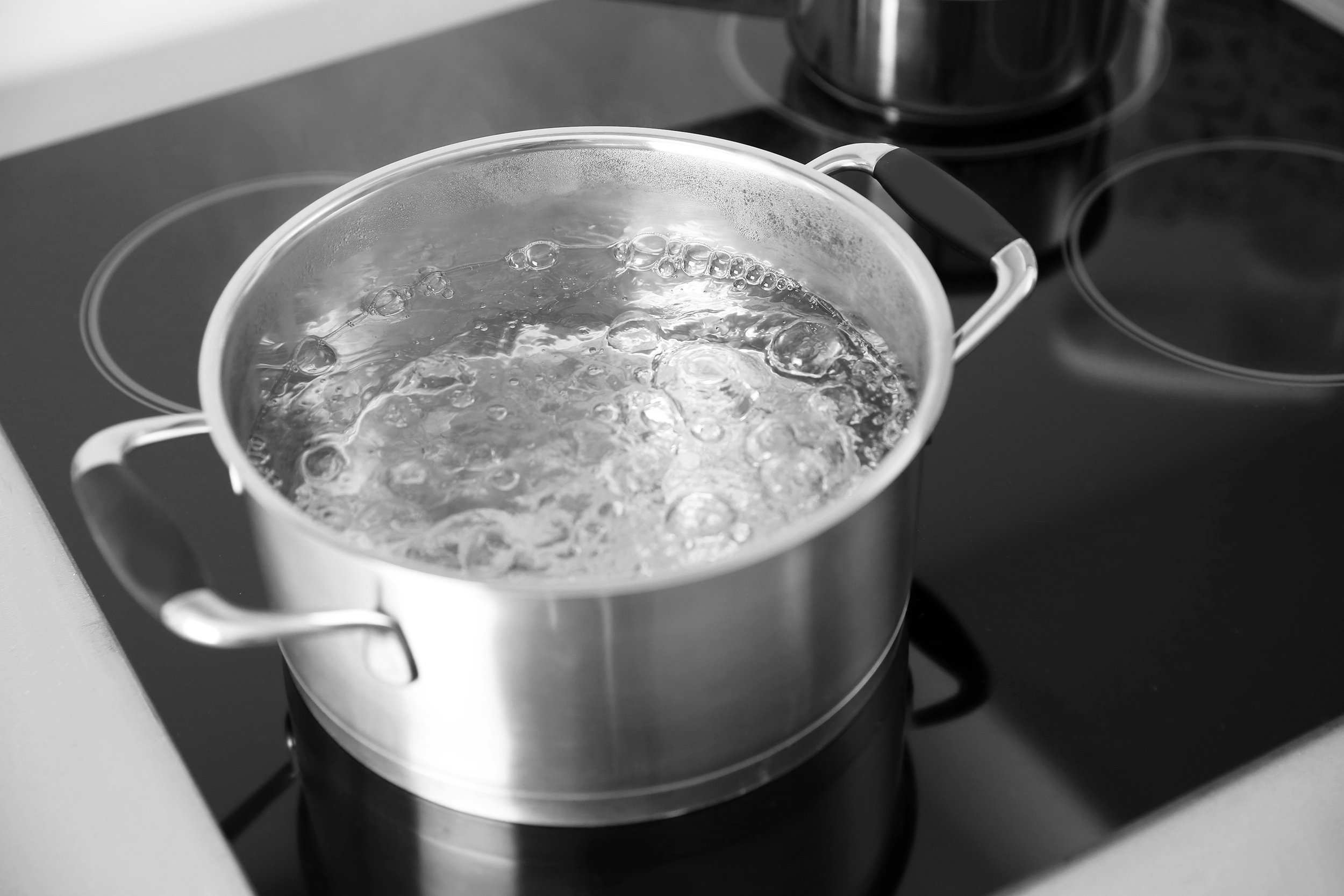
Put small pans on small burners and bigger pans on big burners to save energy.
Keep the Oven Closed
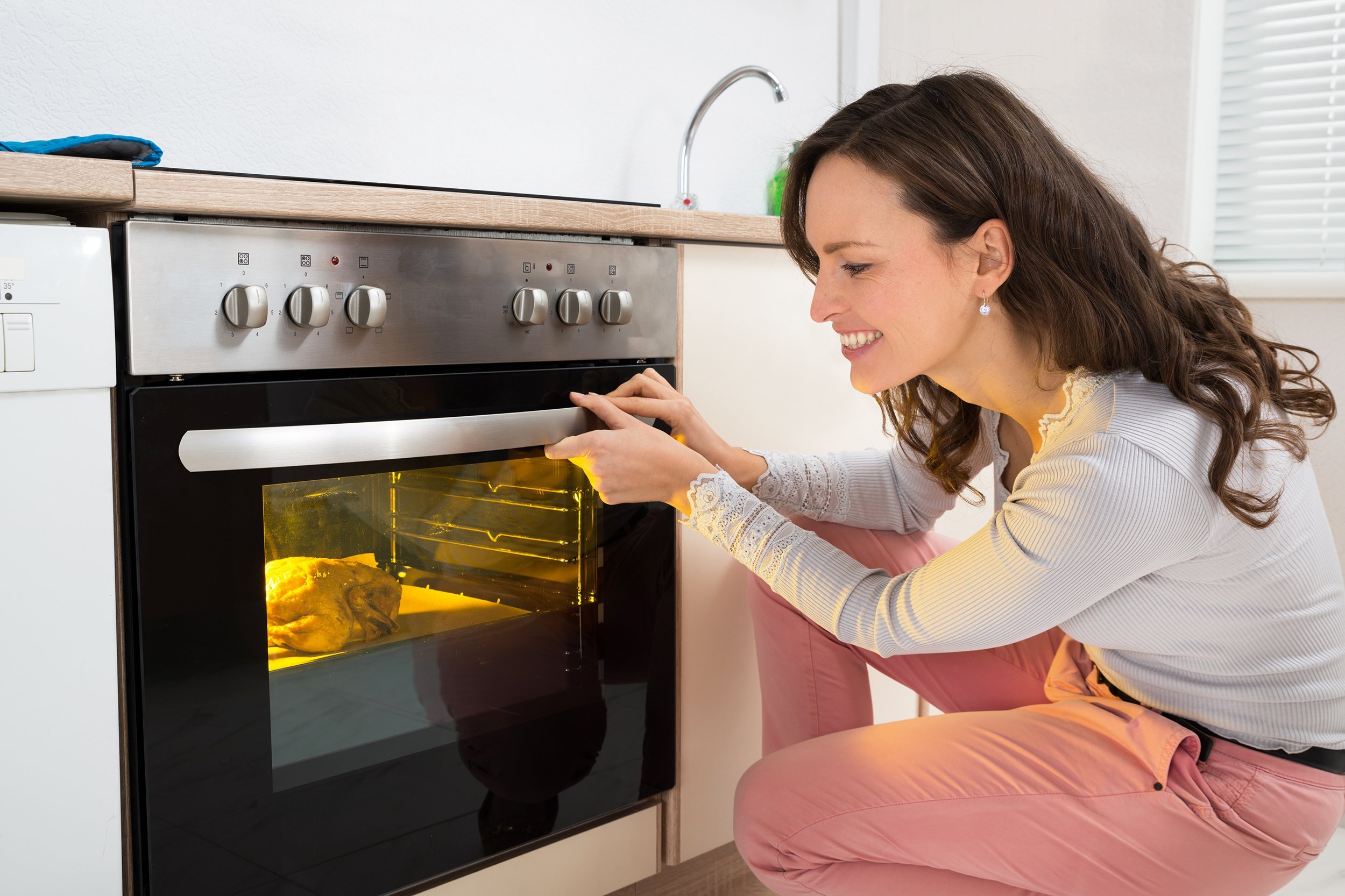
Every time you open the door, about 30 degrees of heat wafts out.
Use the Toaster and Microwave
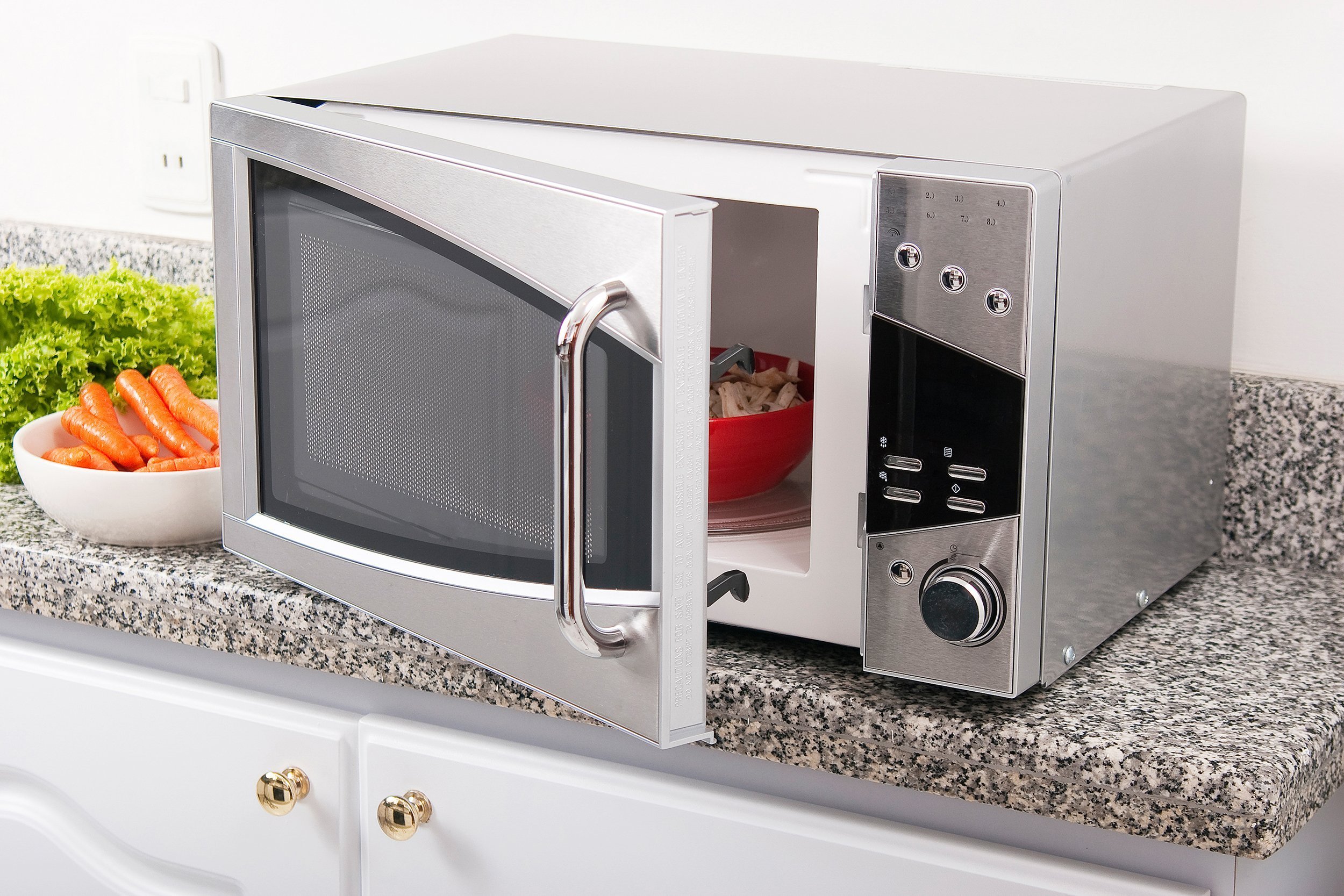
Cooking or heating up food with a toaster oven or microwave saves more energy than warming on the stove or in the oven.
Set the Right Temperature
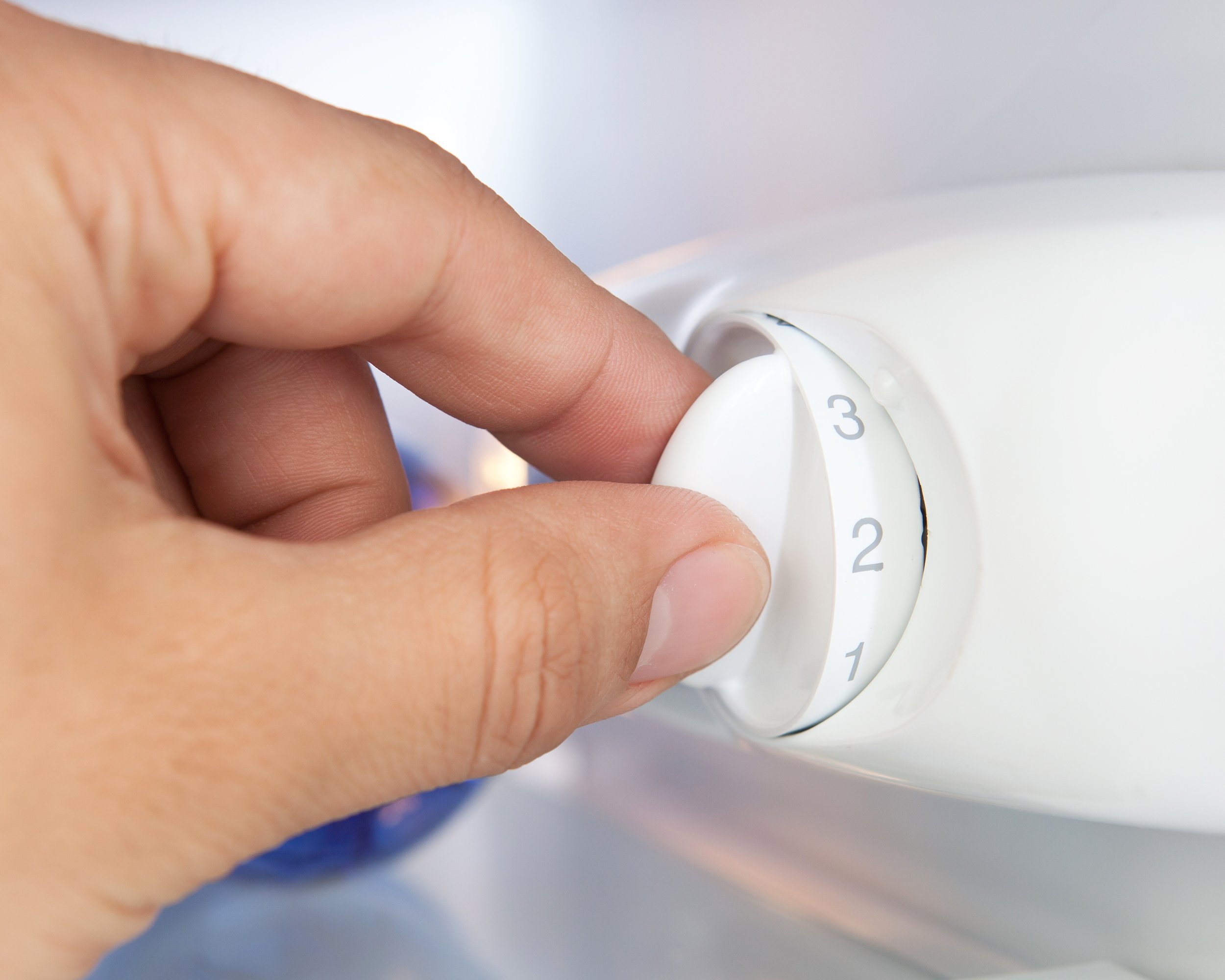
Keep the fresh food section of the refrigerator set between 37 and 40 degrees Fahrenheit and the freezer section at 5 degrees Fahrenheit.
Cover Food and Liquid
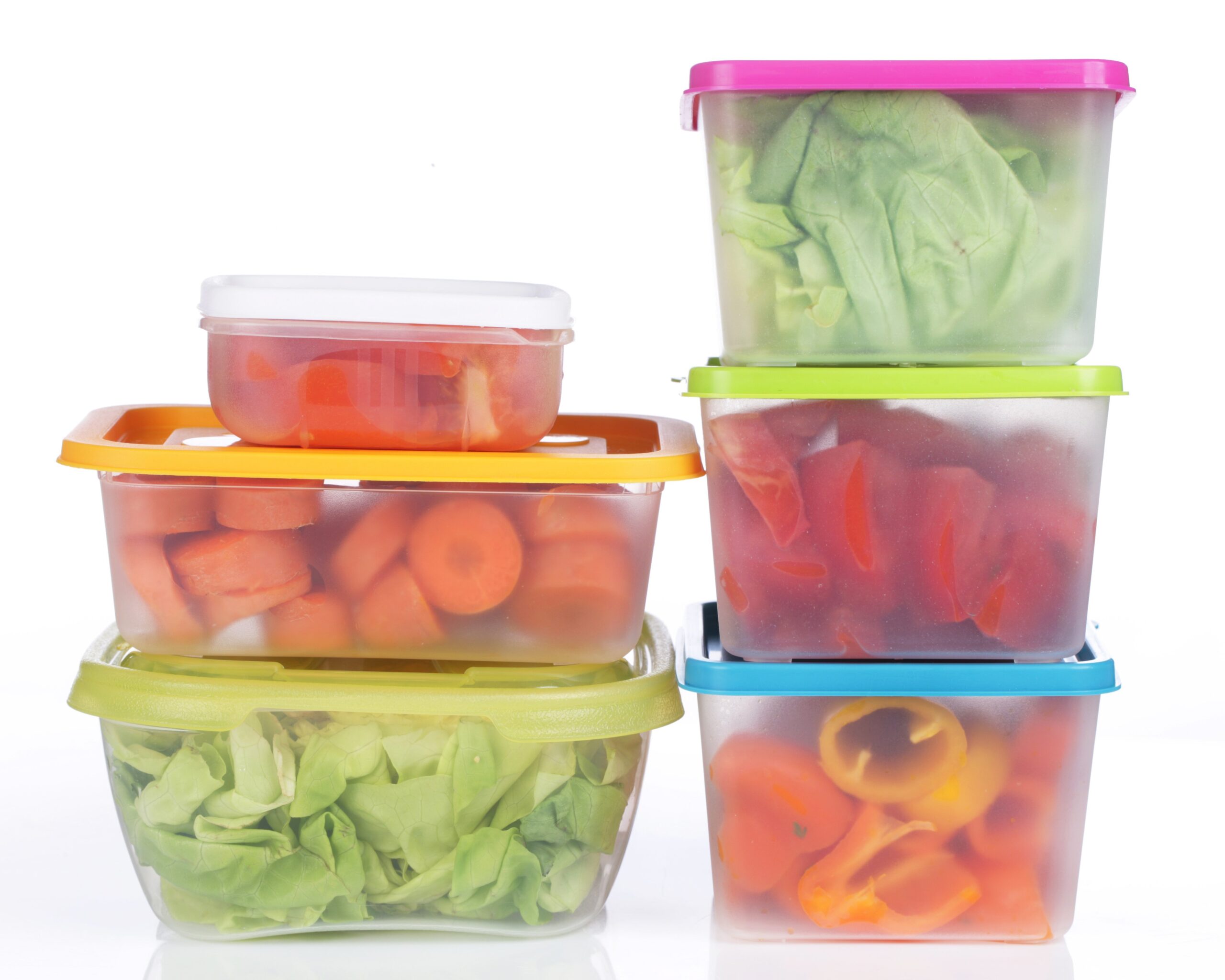
Always cover items stored in the refrigerator. Failing to do so releases moisture and causes the compressor to work overtime.
Related: 50 Ways to Save Money With Proper Food Storage
Leave Room in the Fridge
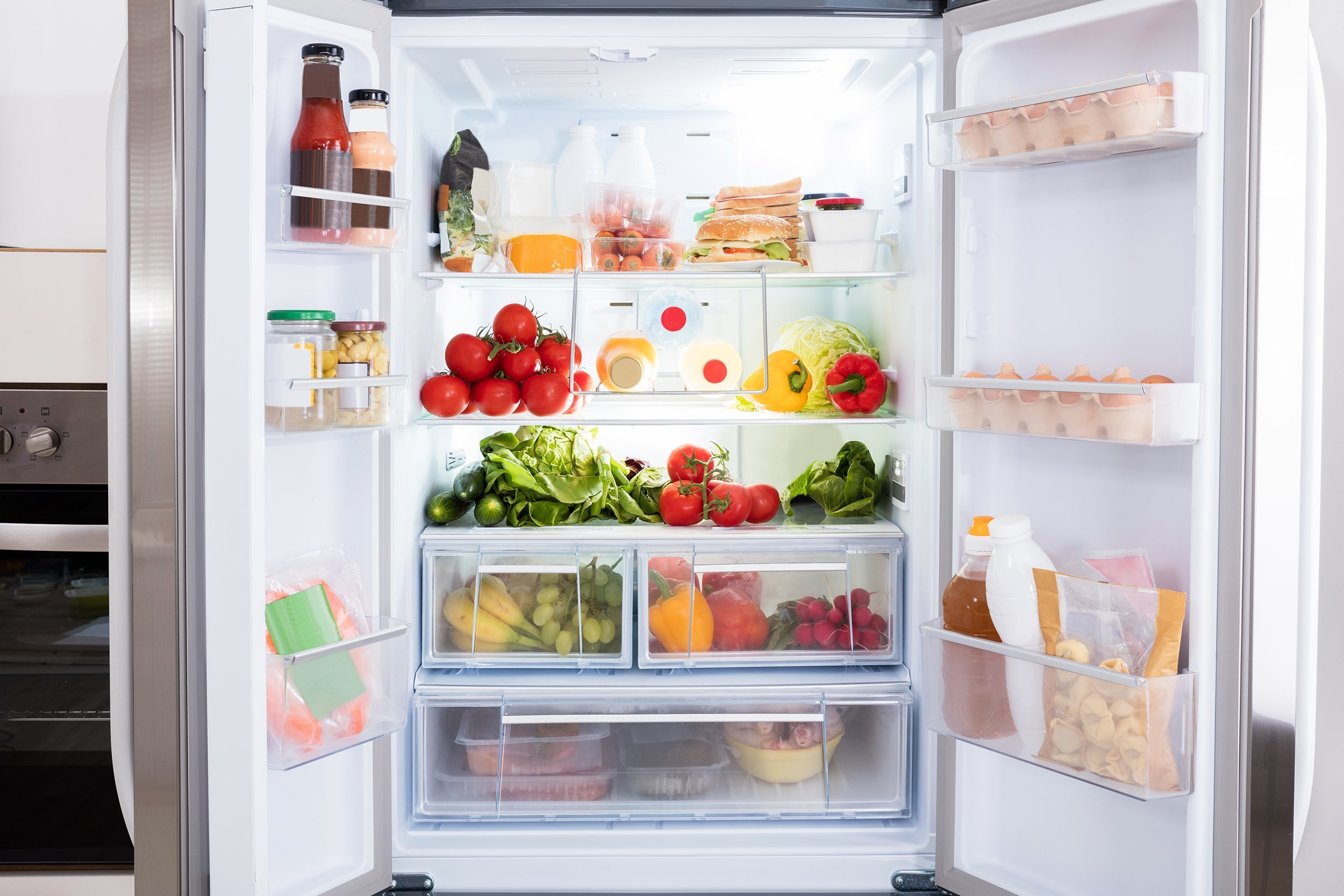
The refrigerator and freezer operate most efficiently when not crammed with food. Also be sure there’s enough clearance behind the appliance to let air circulate.
Related: 12 Foods You Don’t Have to Refrigerate
Don’t Pre-Wash Dishes
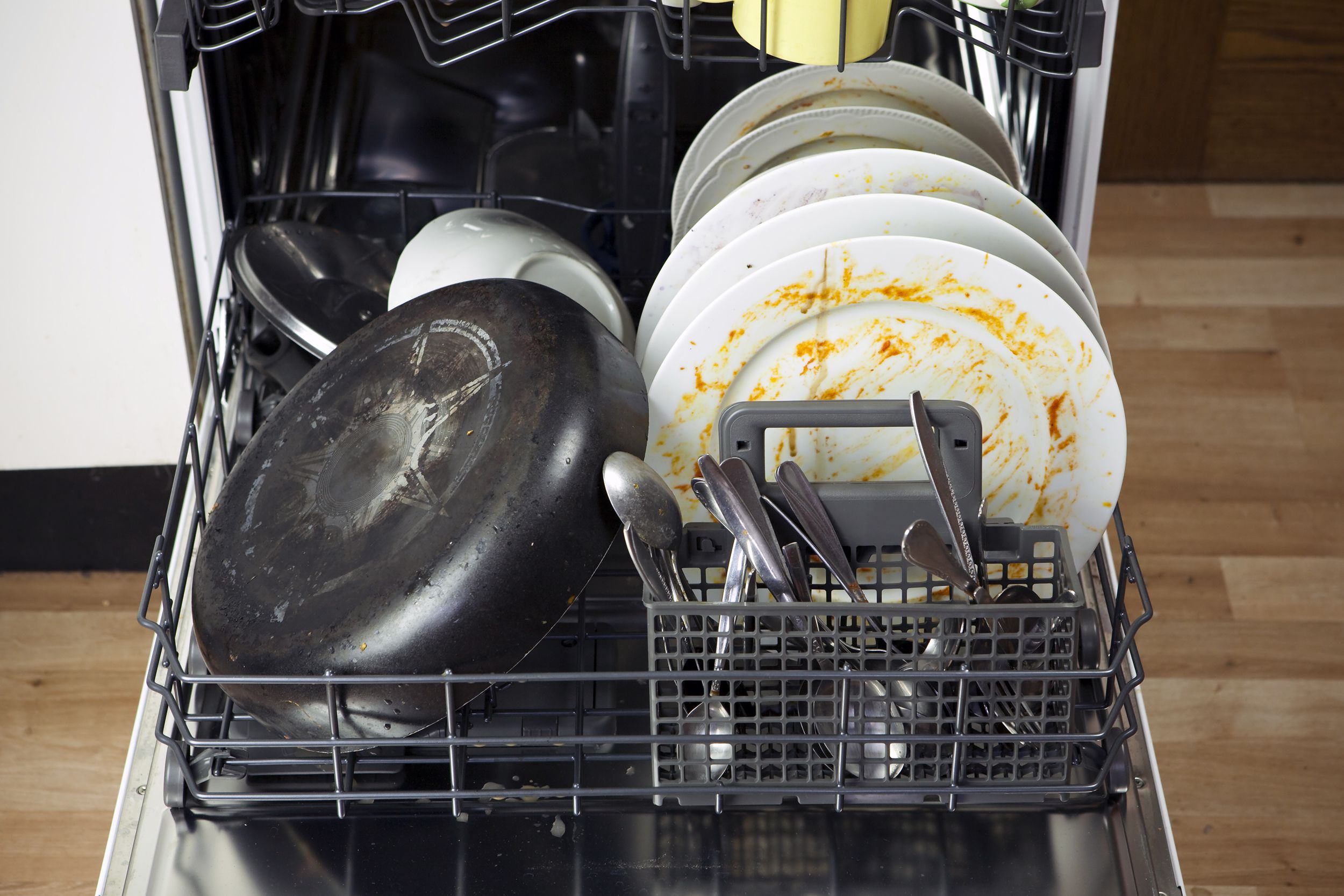
It’s hard to resist the urge to rinse off the last bits of spaghetti before loading the dishwasher, but trust the machine. The no-rinse strategy can save thousands of gallons of water over a dishwasher’s lifetime.
Go Cold for Quick Rinses
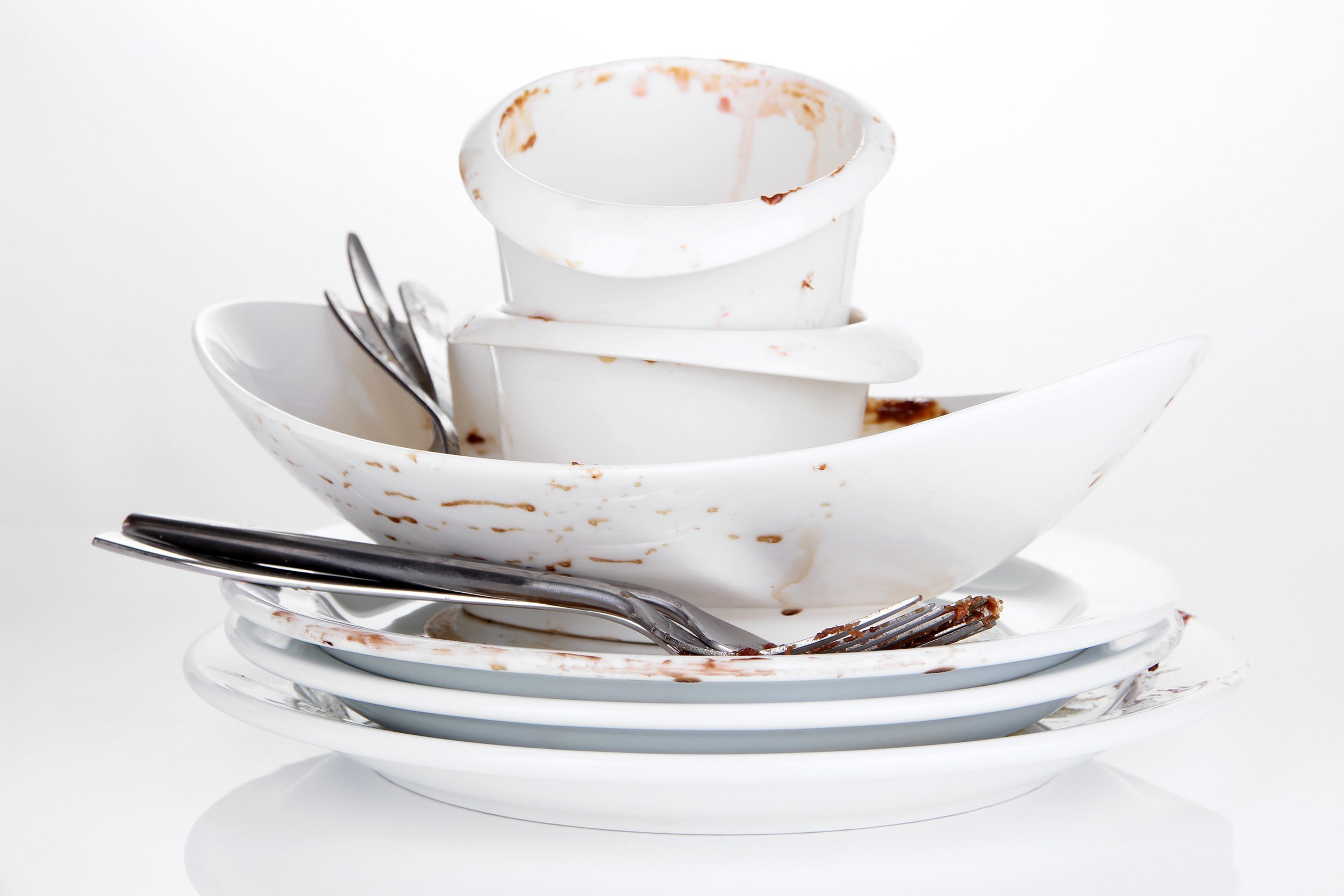
Using hot water on dishes even for a short time causes the water heater to work harder and use more energy.
Look at the Clock
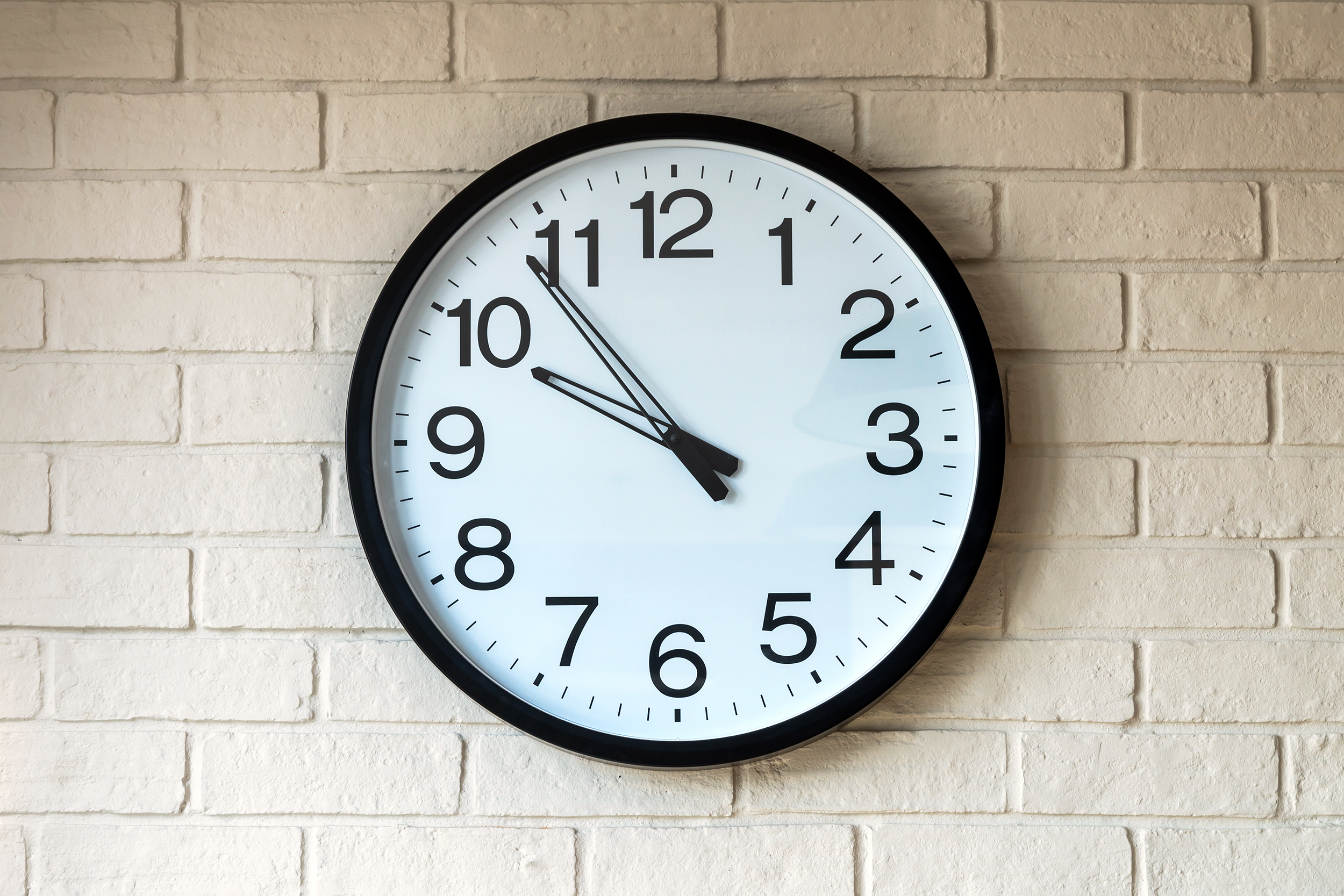
Running appliances at off-peak times can shave dollars off monthly energy bills, depending on the local utility. Avoid the after-dinner rush to the dishwasher and let it run late at night or midday.
Play Tetris in the Dishwasher
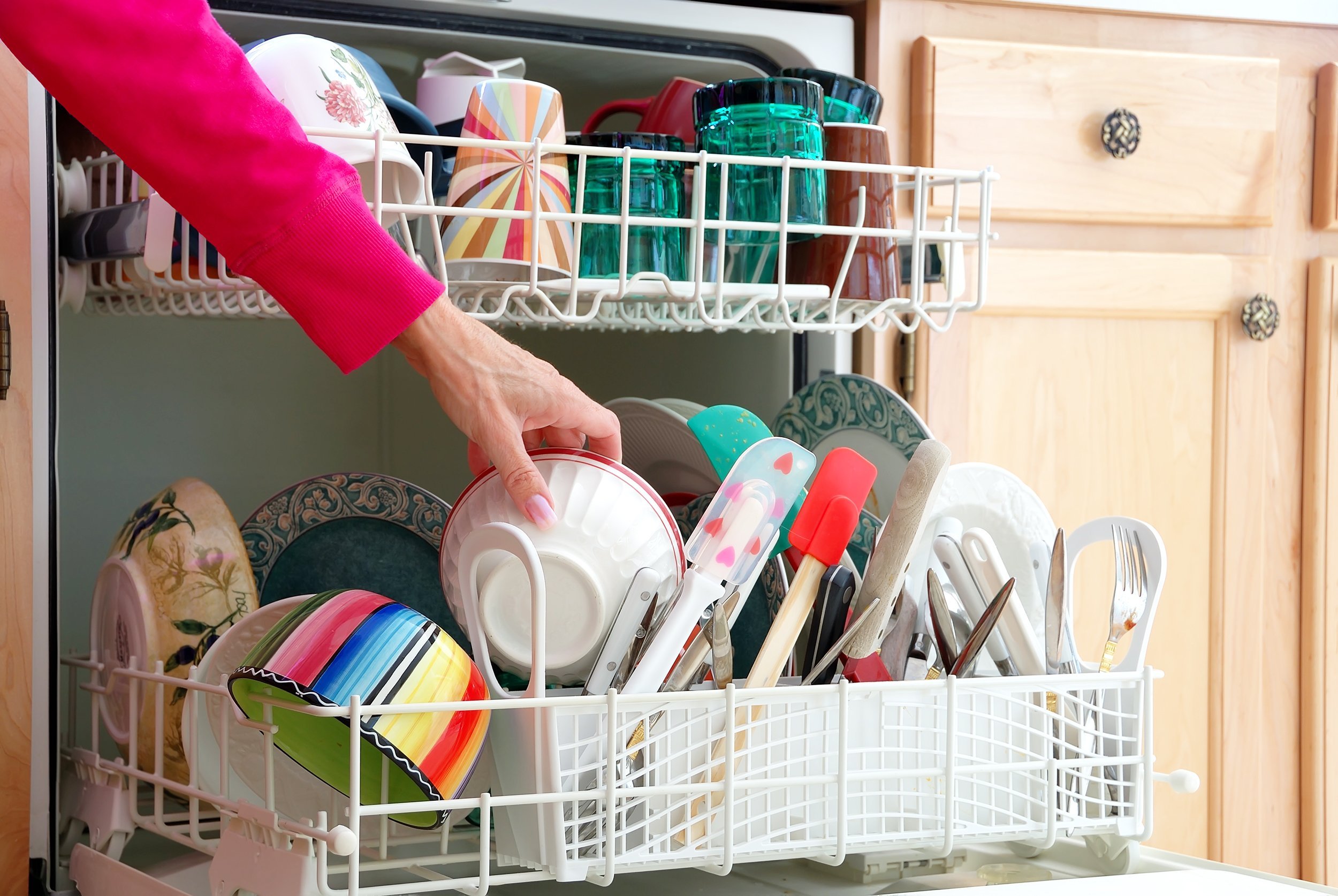
Wait until there’s no more room on the racks before starting the dishwasher. The energy used is the same regardless of the size of the load.
Air Dry
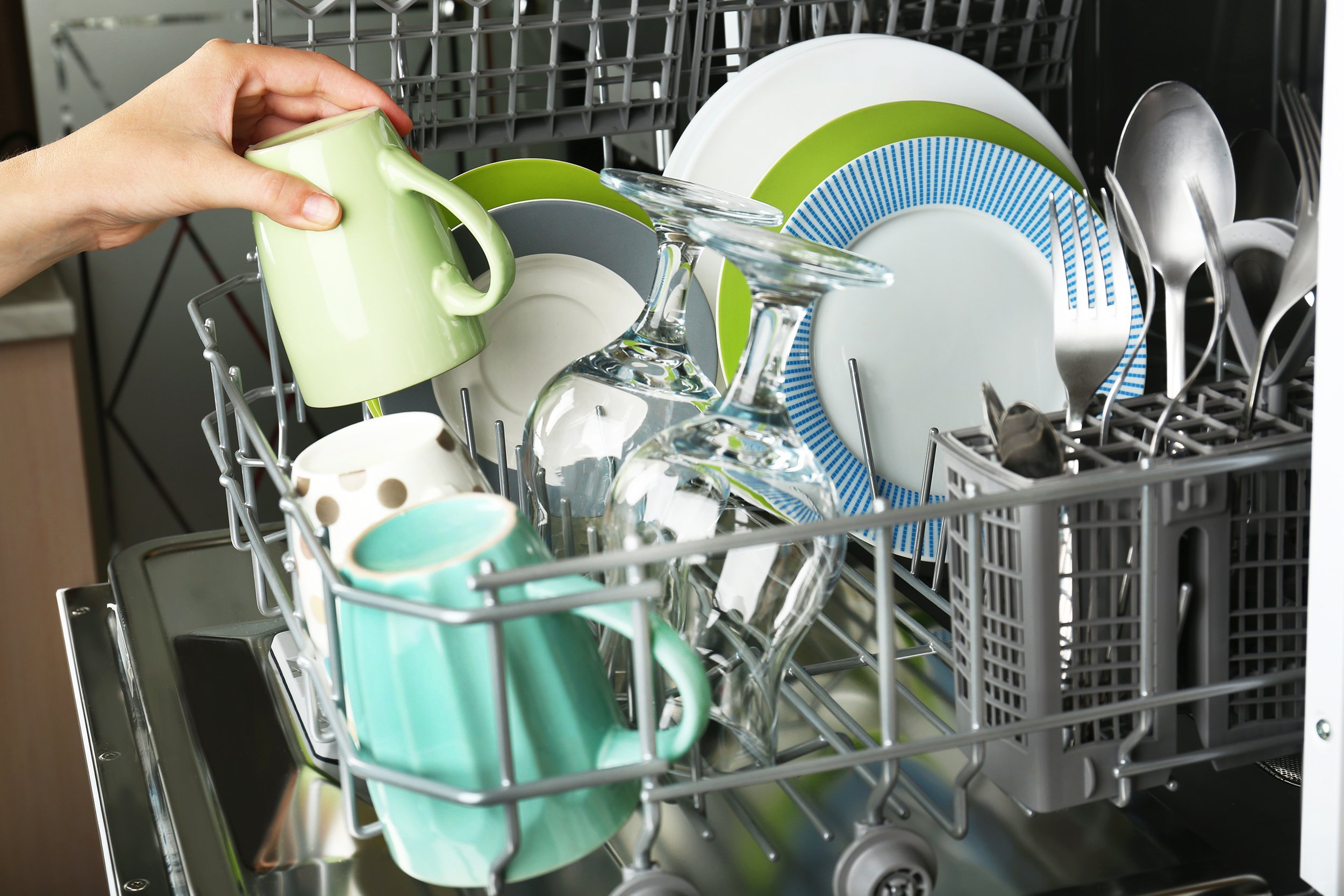
There might be a setting for no-heat drying on the dishwasher. If not, just open the door and let the air take over, or move the dishes to a drying rack.
Power Off at Bedtime
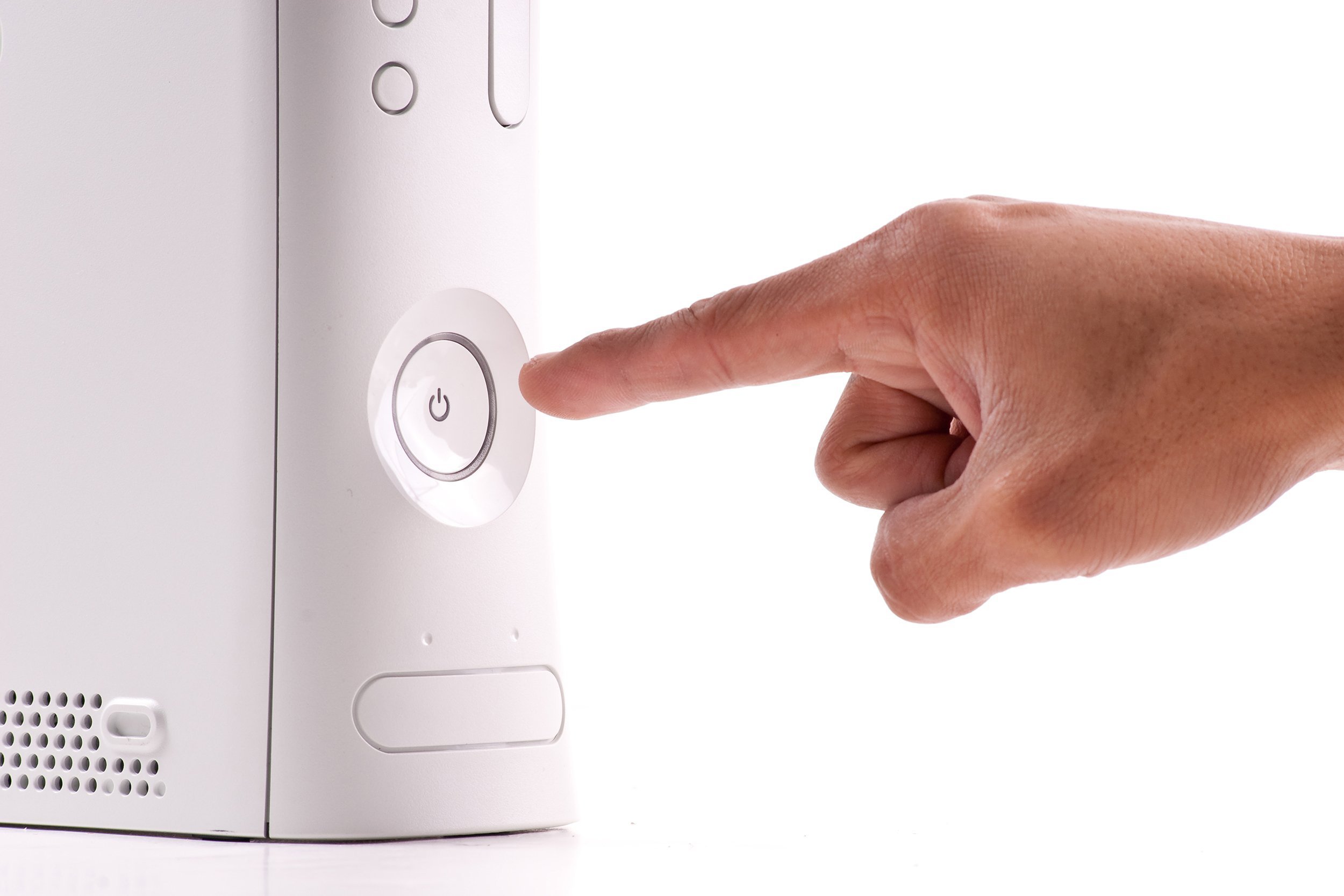
Remember to turn off electricity-eating devices at night, especially electronics such as computer monitors that lech energy in sleep mode.
Unplug

Many electronics and appliances continue to draw electricity even when powered off. Unplug these energy “vampires” when not in use.
Related: Benefits of Banning Electronics From the Bedroom
Use Power Strips
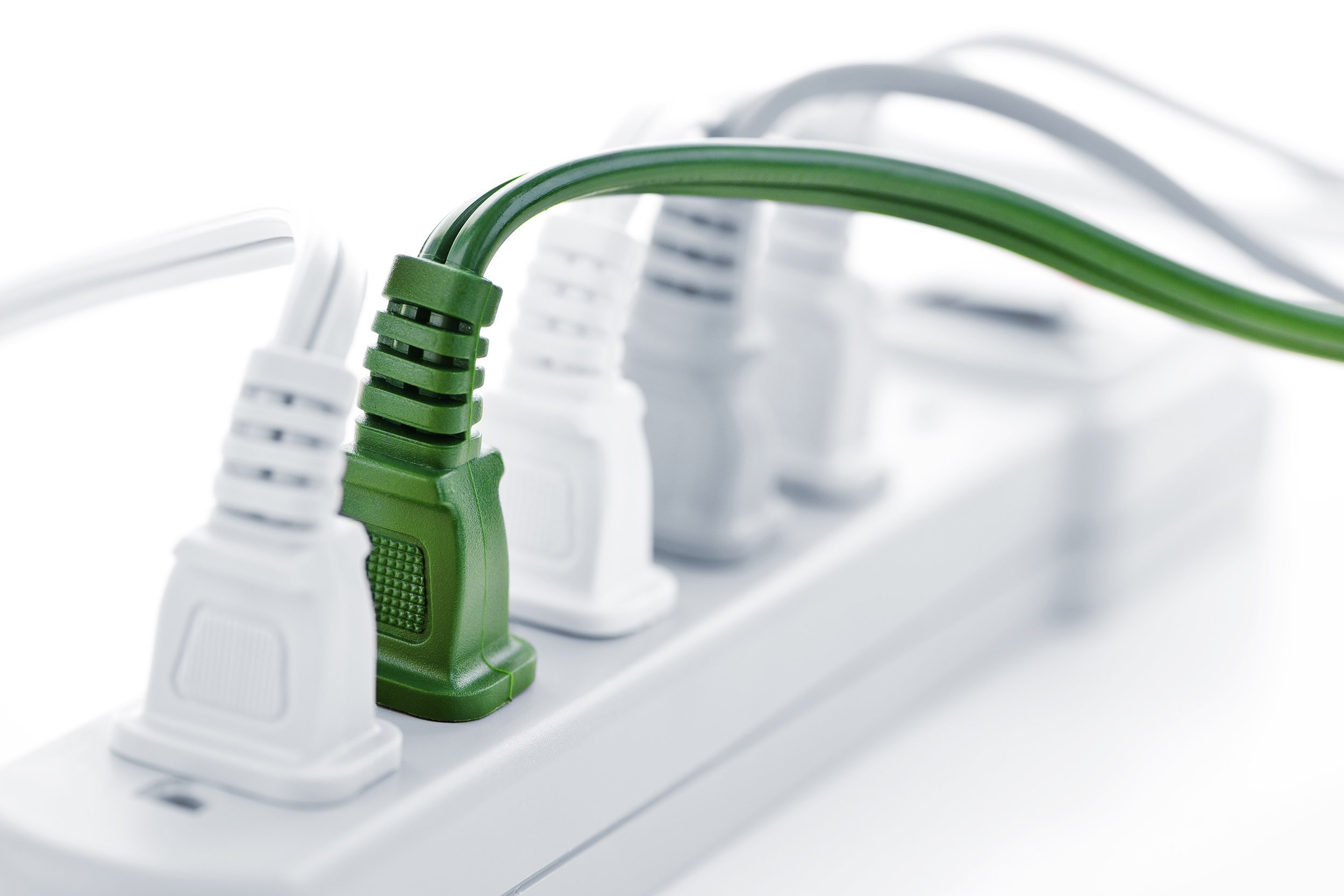
It’s easy to forget to turn off electronics when leaving the house, never mind unplug them. Plug items such as TVs into a power strip to shut off several devices at once.
Use Energy-Efficient Light Bulbs

Kiss incandescent bulbs goodbye and welcome their energy-efficient replacements. LEDs use about a quarter of the energy consumed by a halogen incandescent — and last up to 25 times longer.
Take Quick, Warm Showers

Long, hot showers use more water and more energy. Save on both by jumping in and out quickly.
Wash Hair Every Other Day
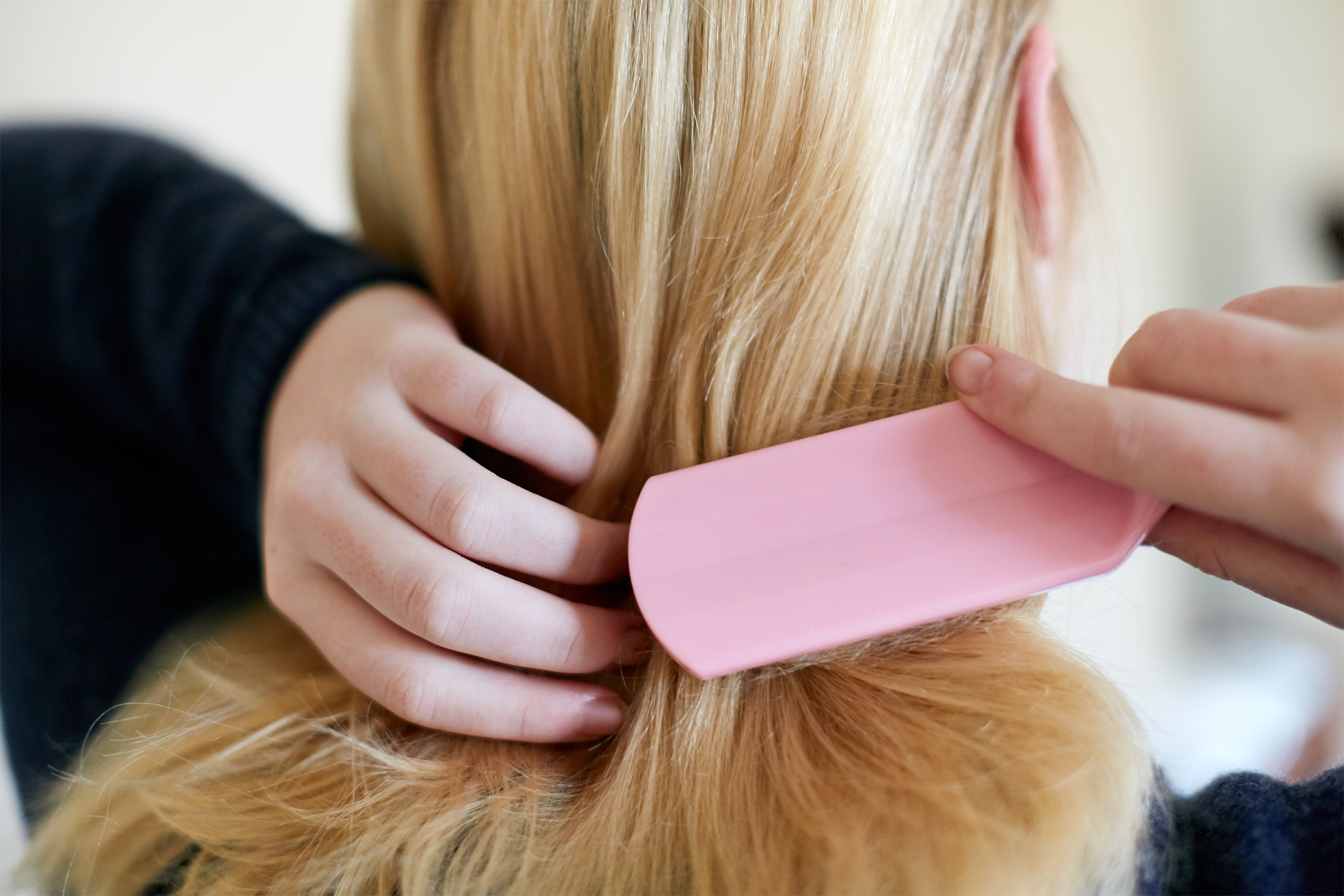
Cut down on shower time and hot water usage by washing hair less frequently — unless it gets greasy quickly, that is.
Turn Off the Water While Shaving
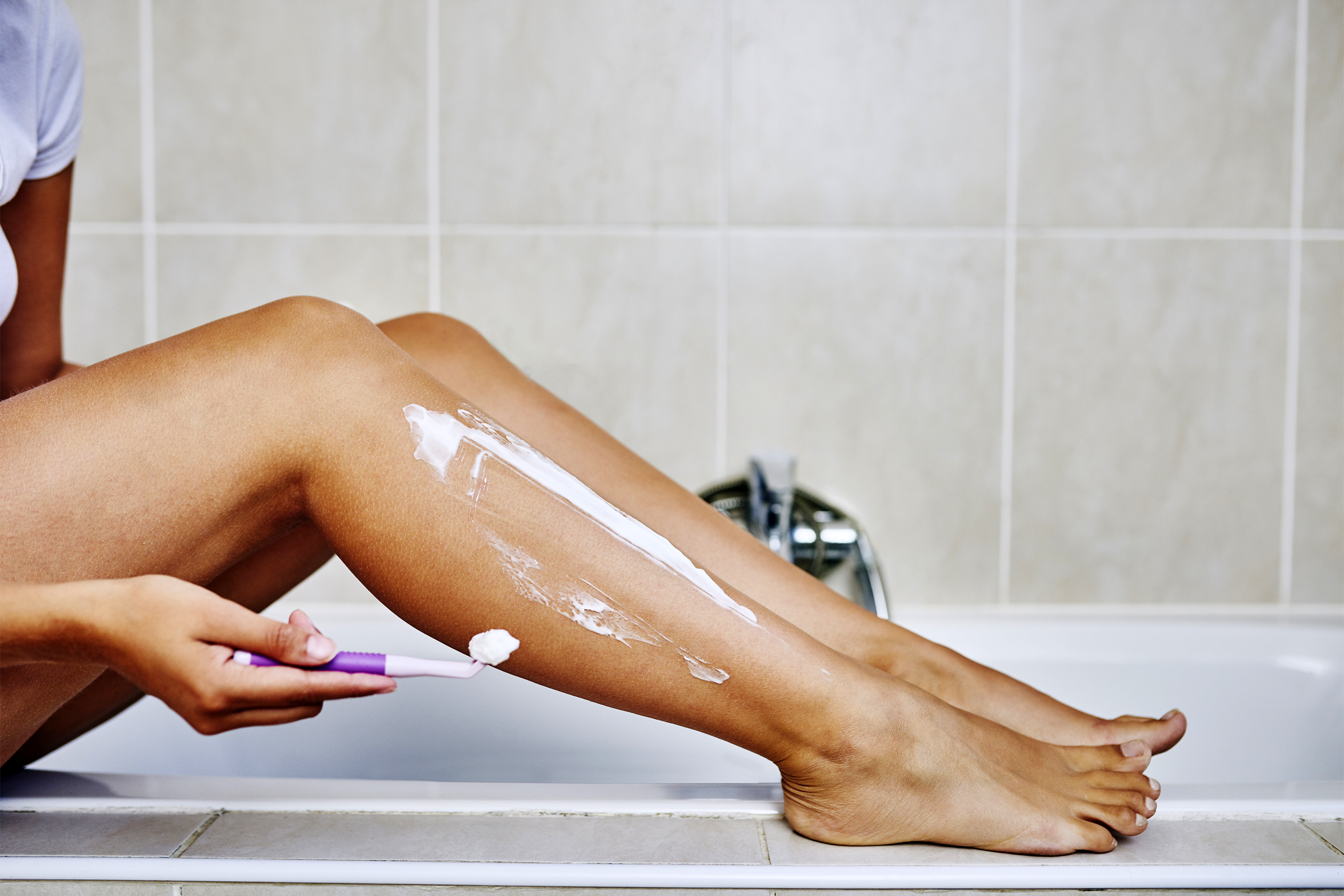
Believe it or not, you can shave your legs without the shower running. Just think of all the water and energy you’ll save.
Fill a Sink to Wash
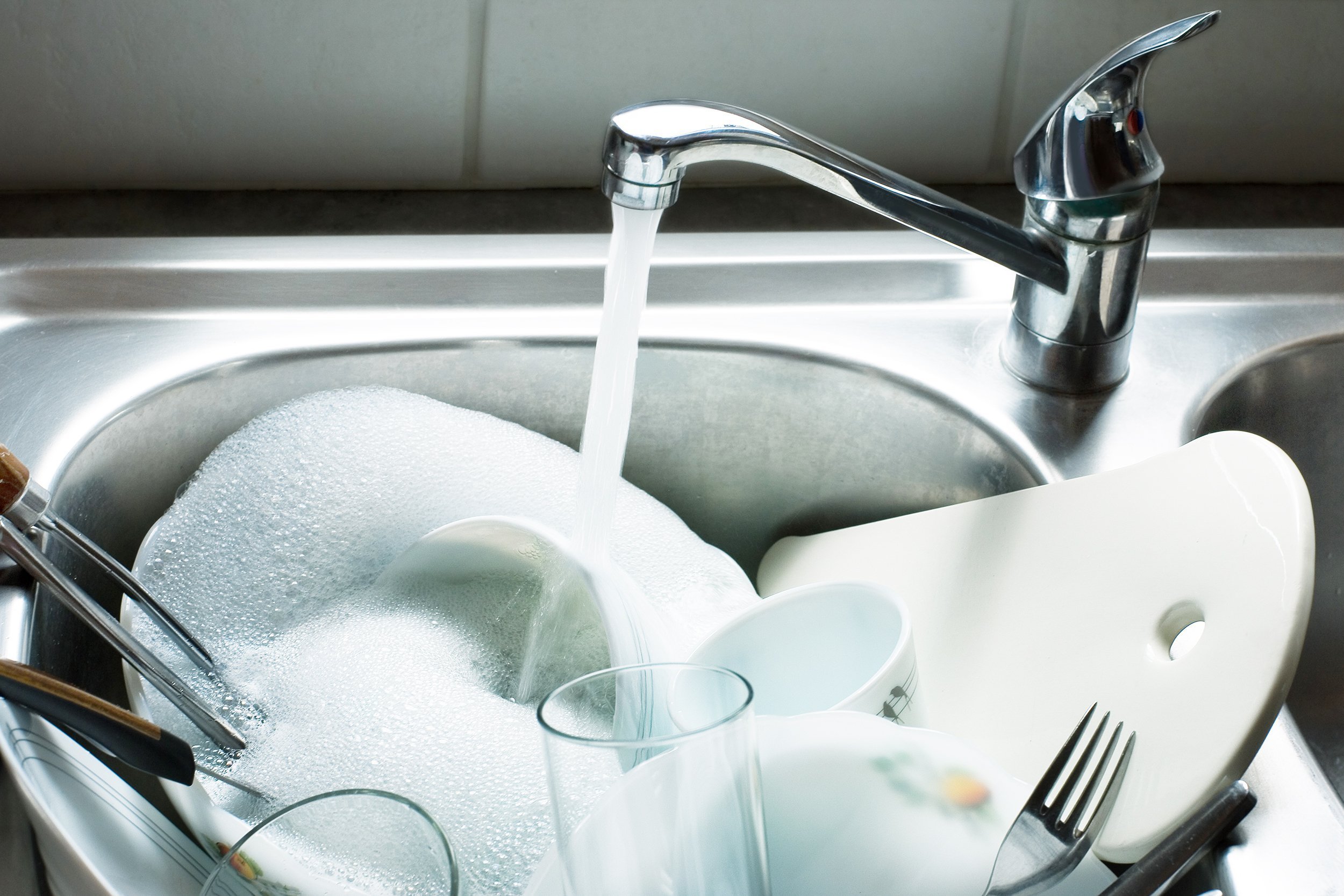
Whether washing dishes or hand-laundering delicates, fill the sink with water to lather up instead of running the tap.
See More From Cheapism
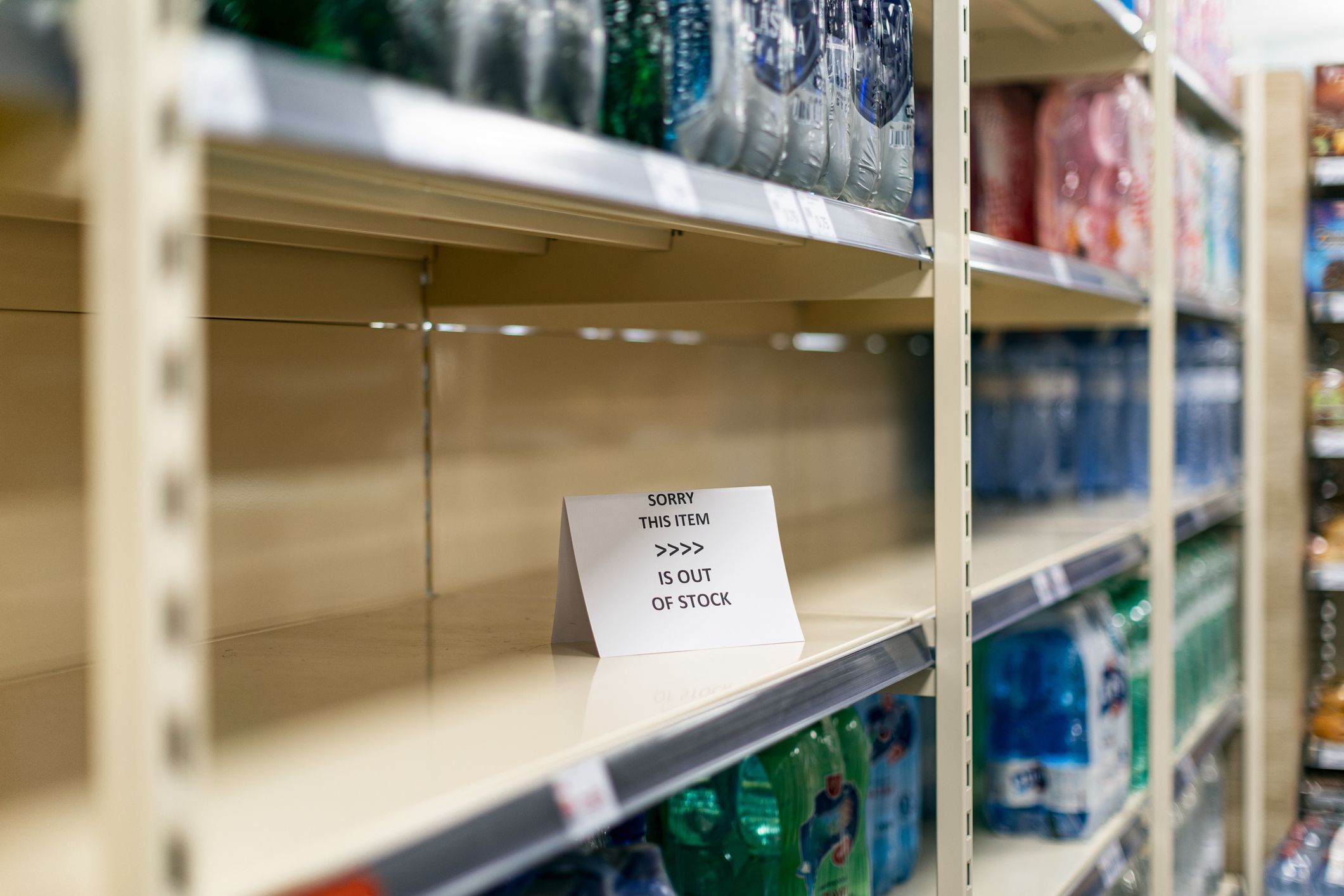
- 15 Things Not to Buy at the Grocery Store
- We Tried 11 Premade Frozen Lasagnas. This One Is the Best
- 25 Things You Didn’t Know About Dollar Stores
- The Coldest and Warmest Cities in Every State
Like Cheapism’s content? Be sure to follow us.

